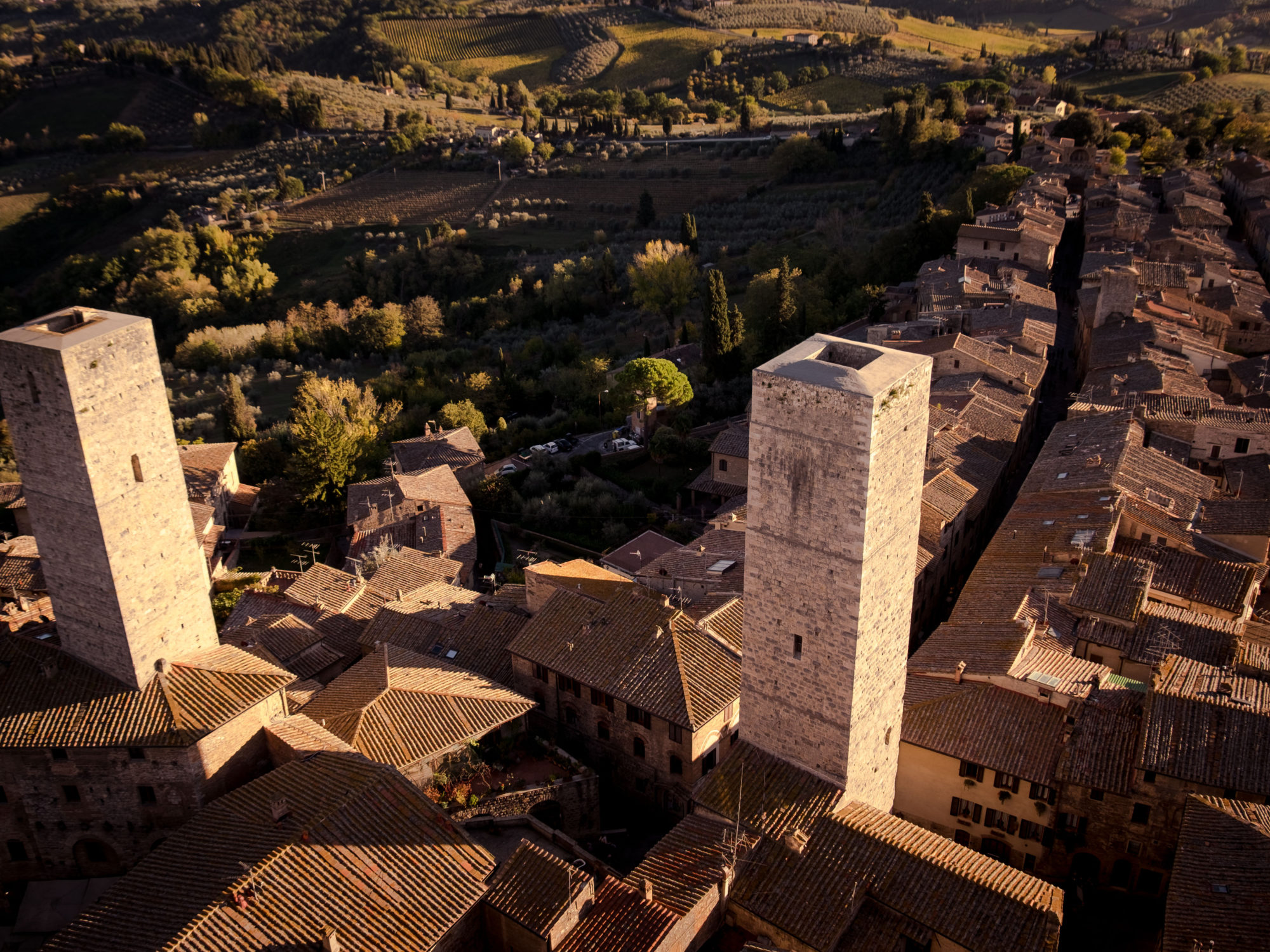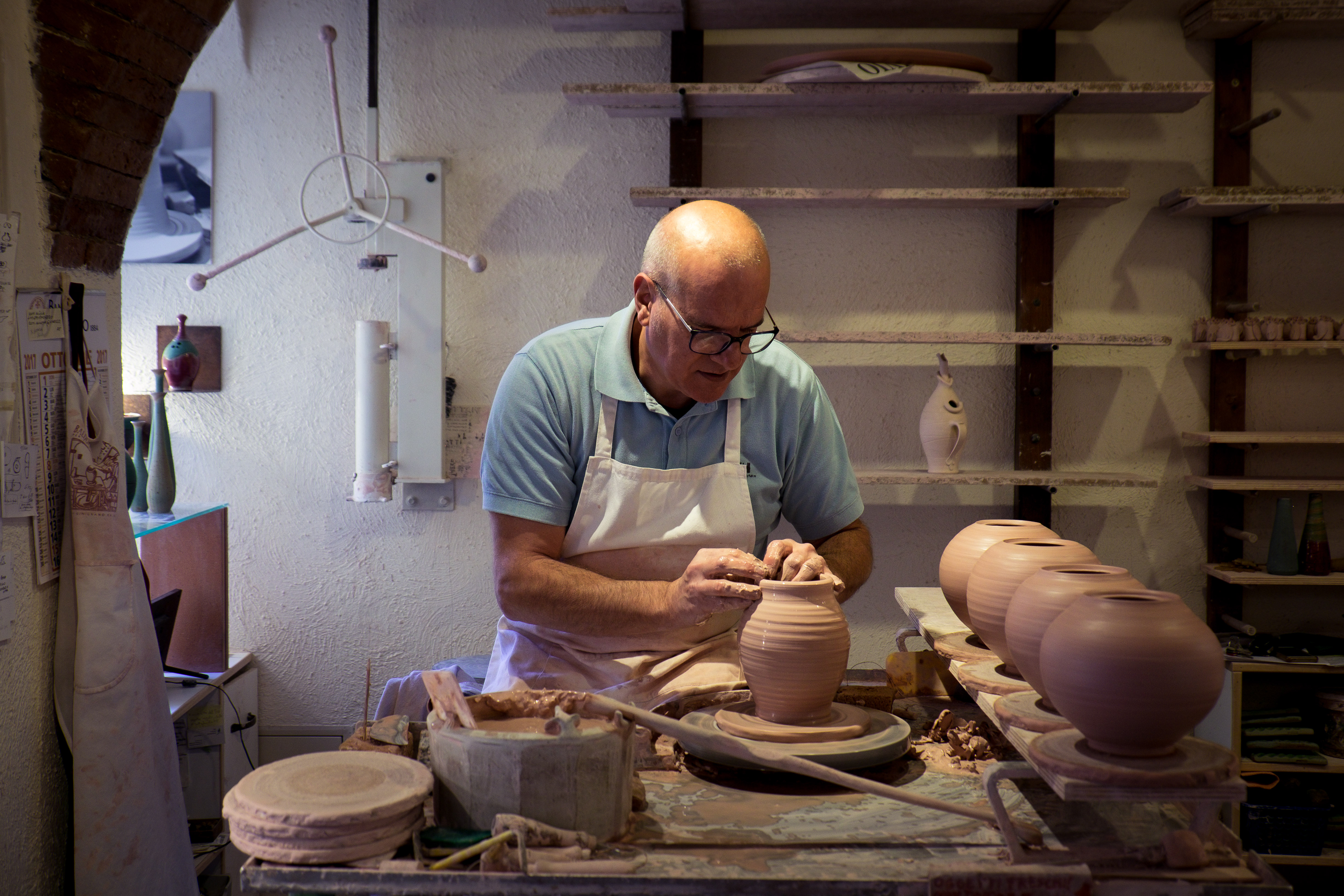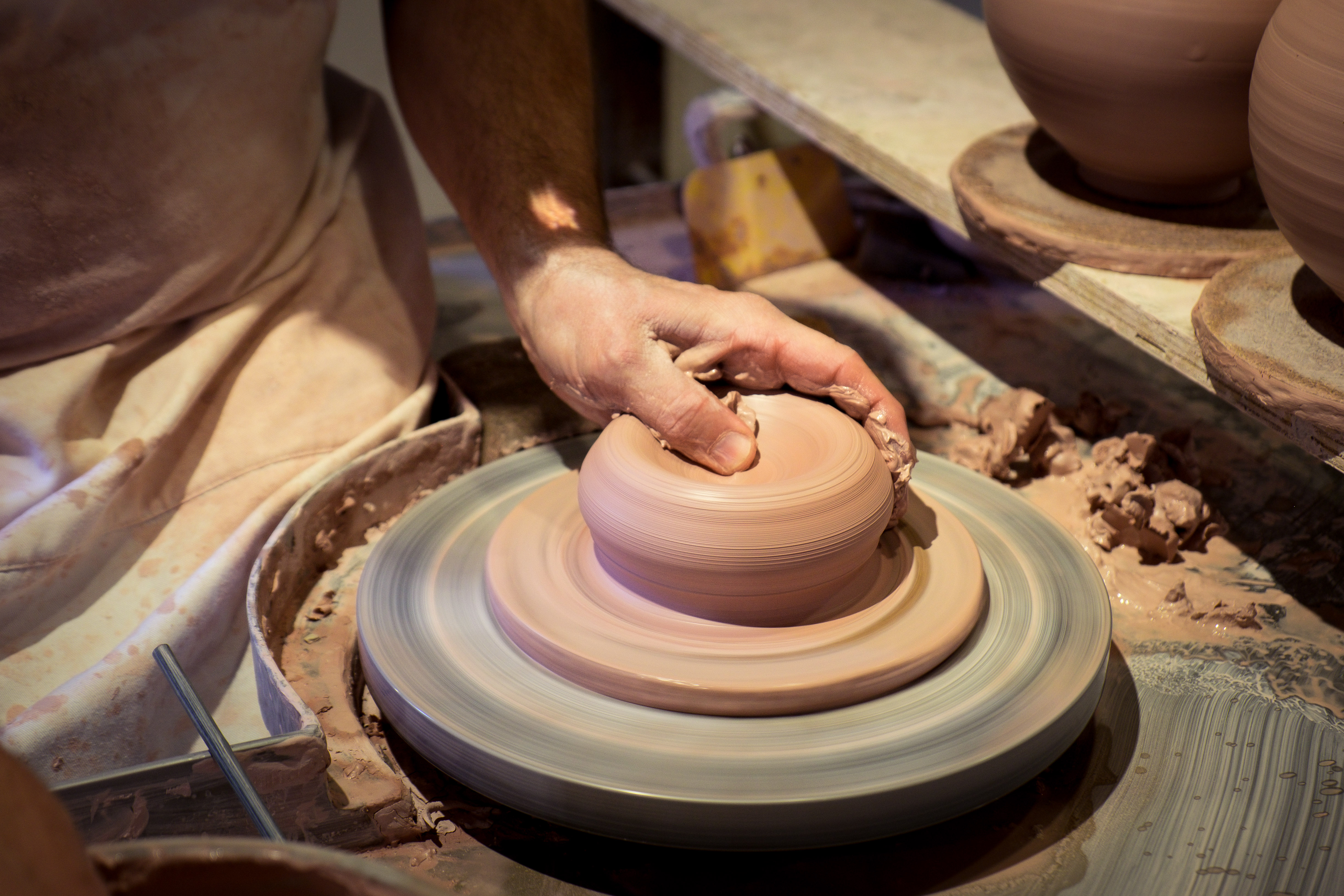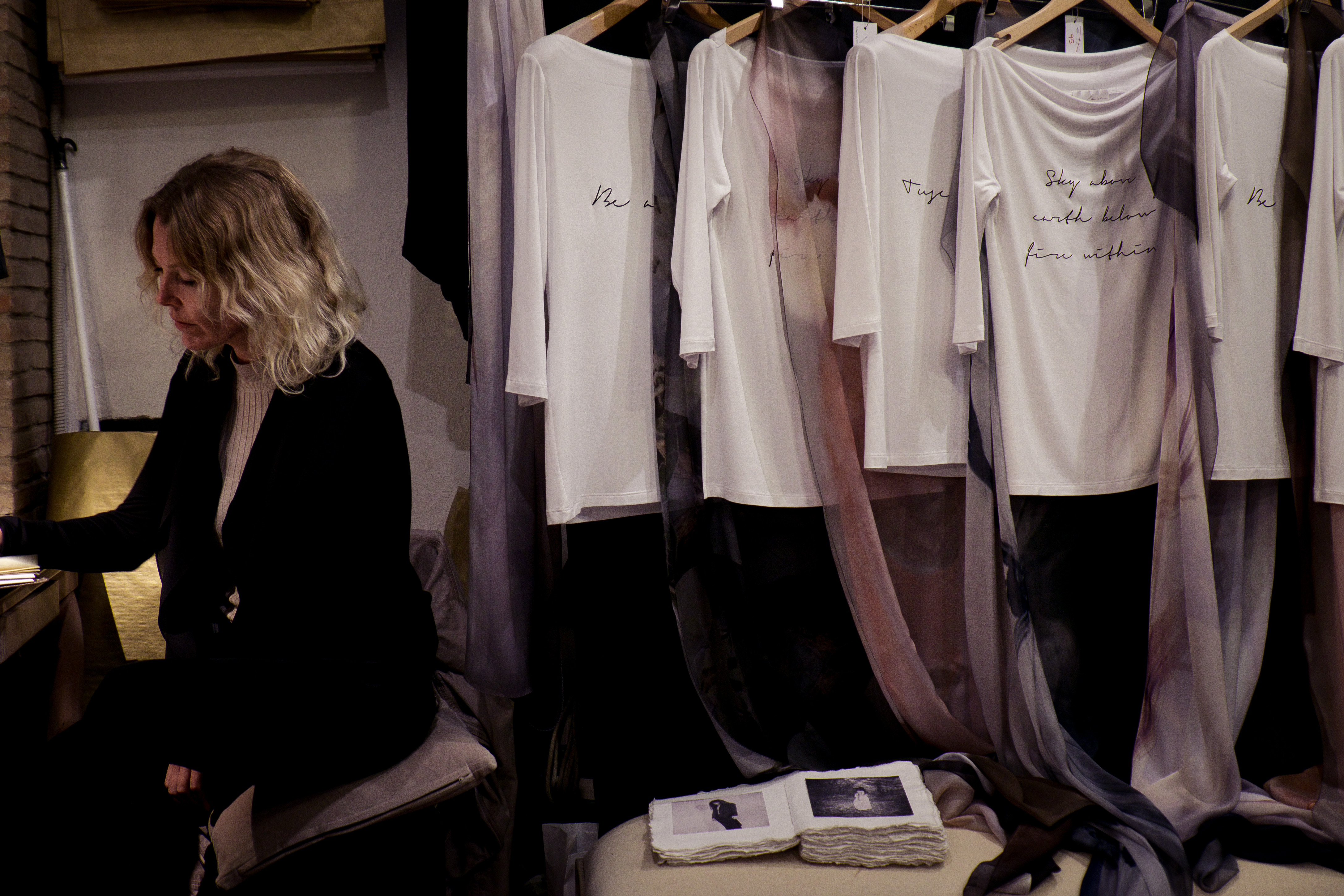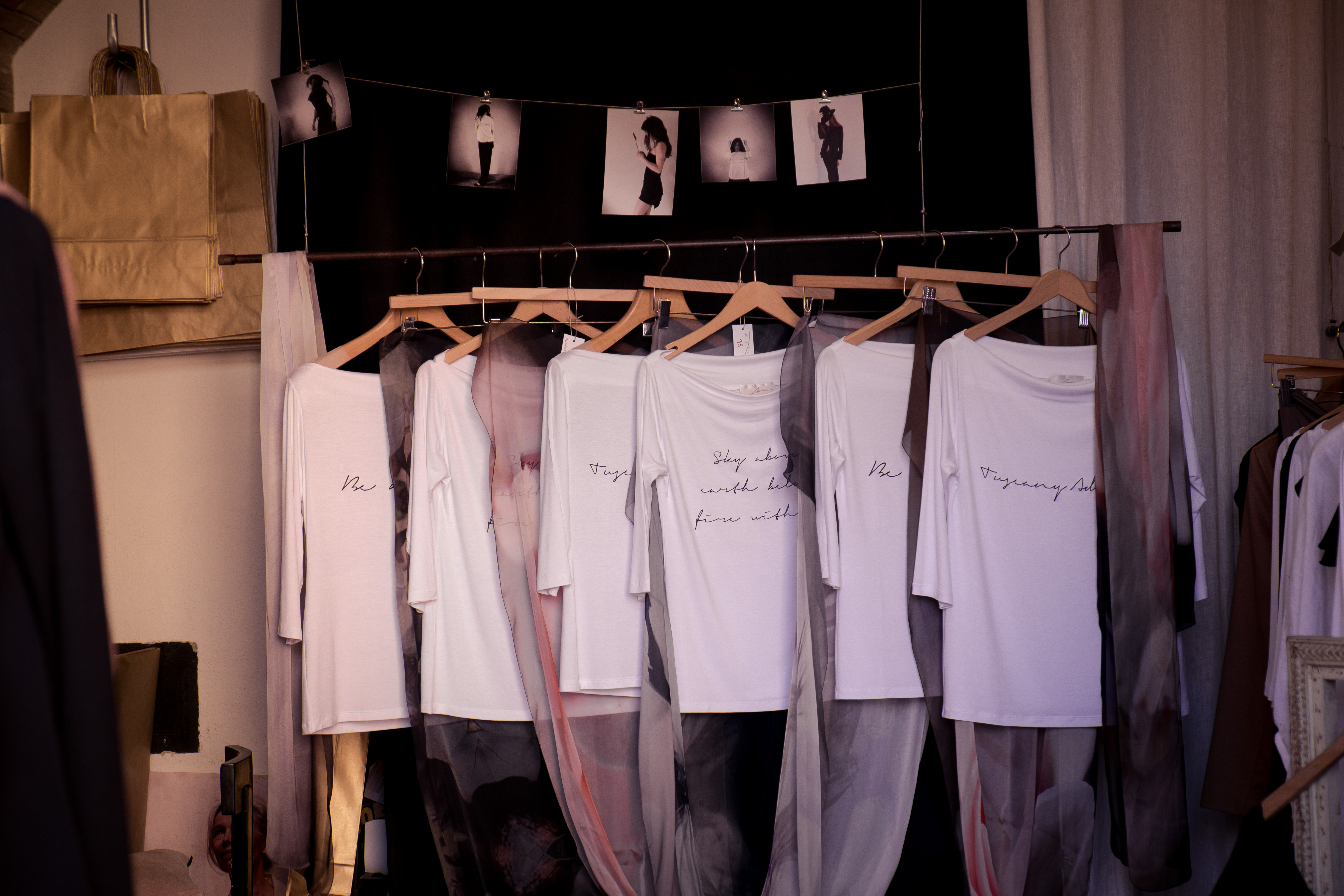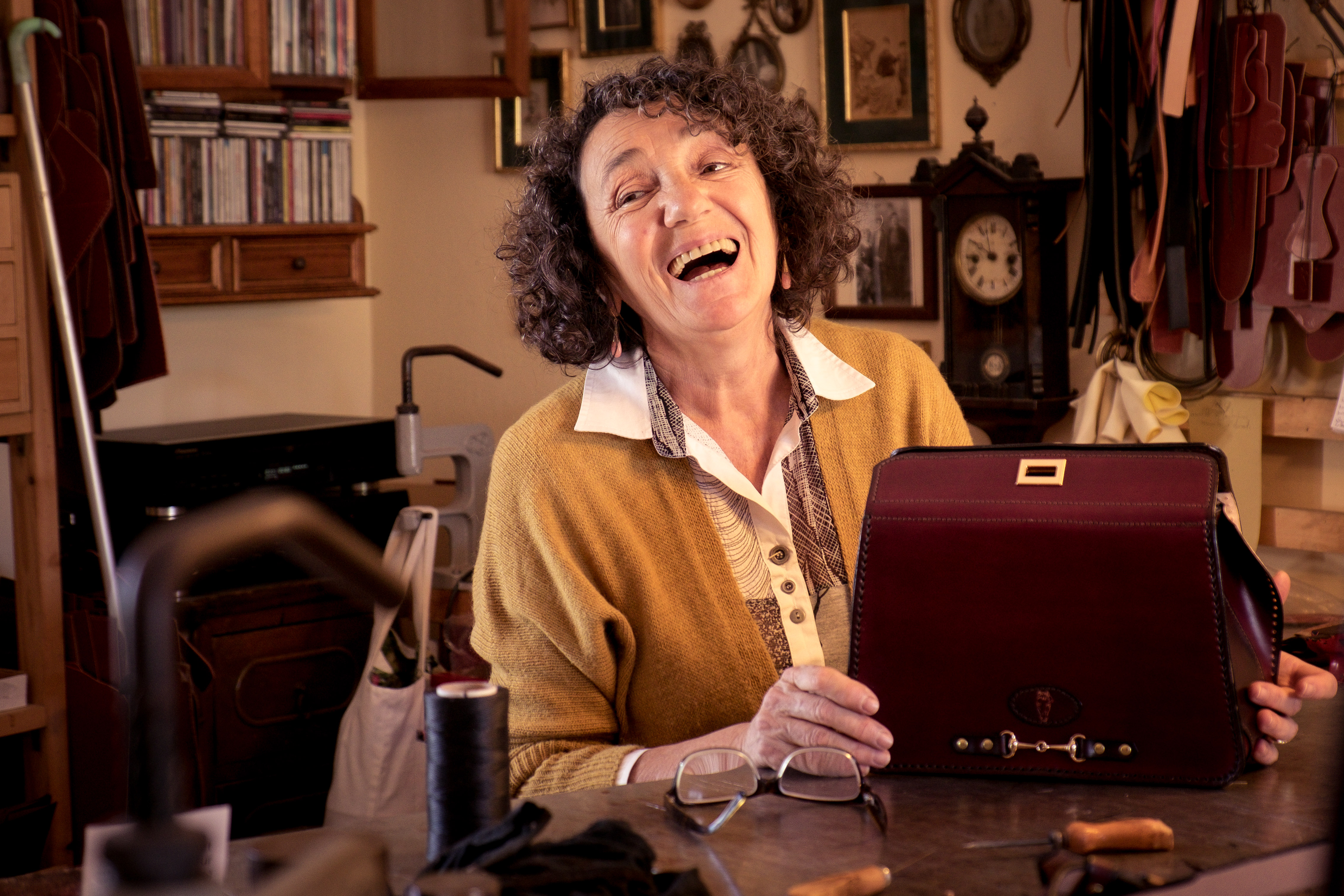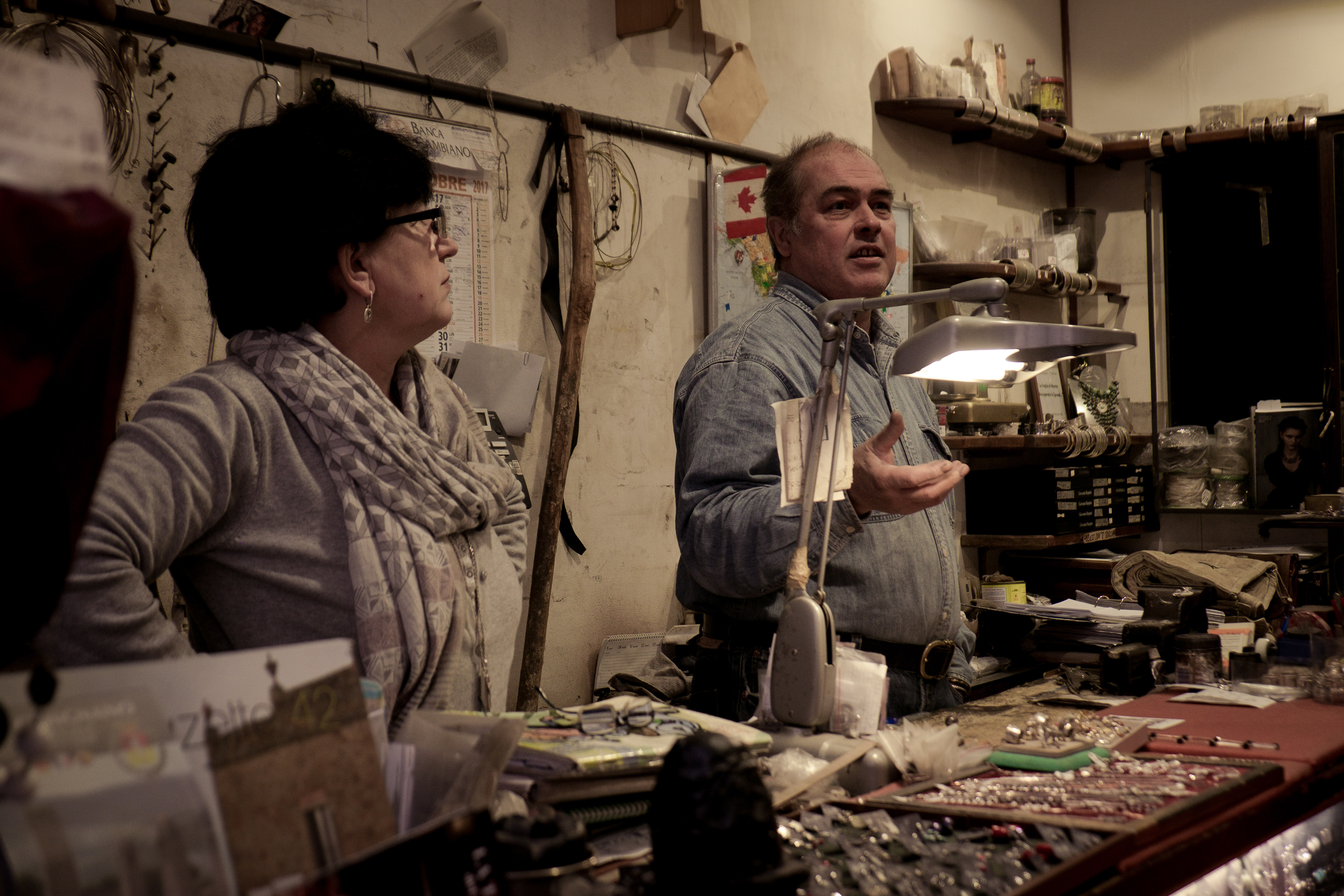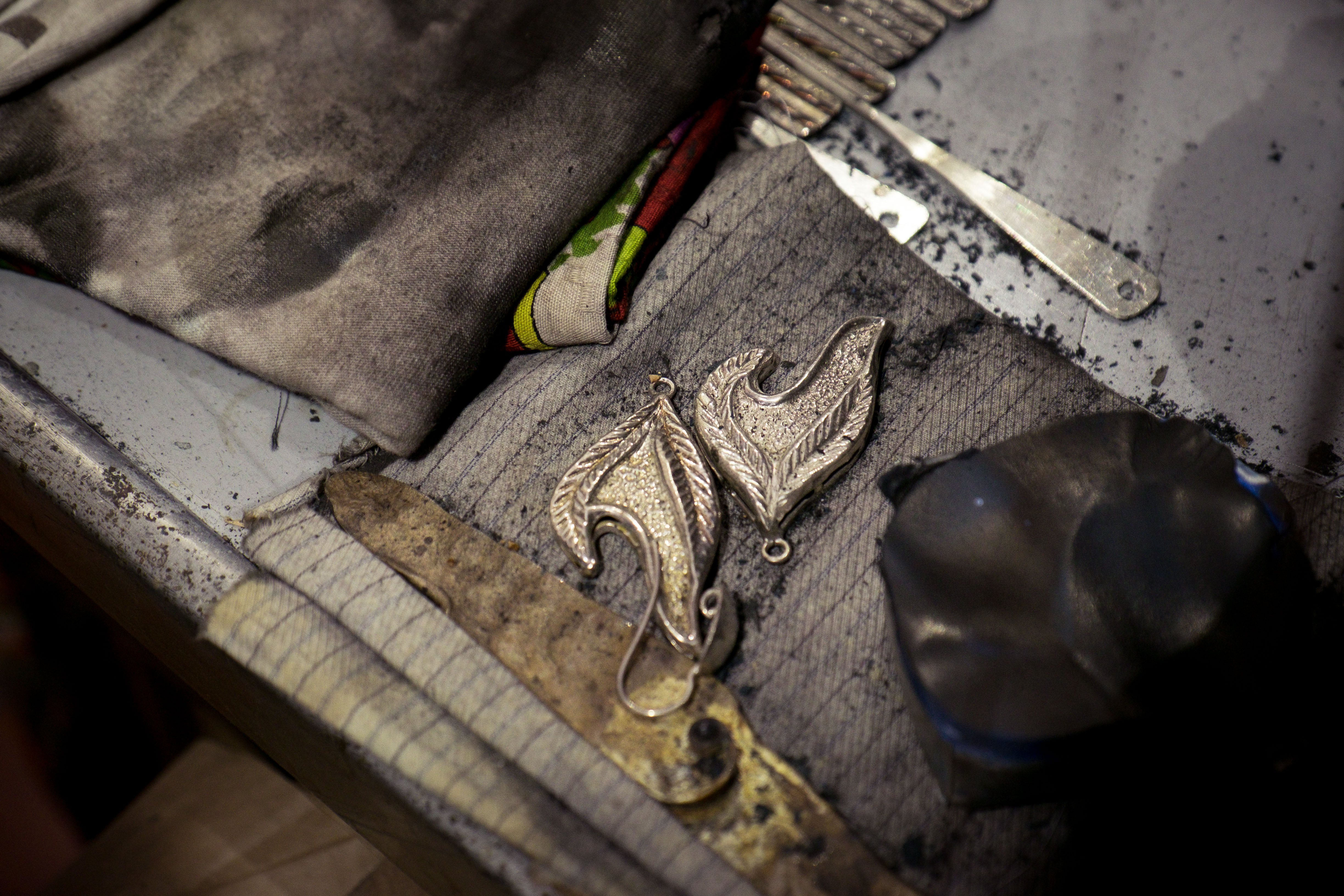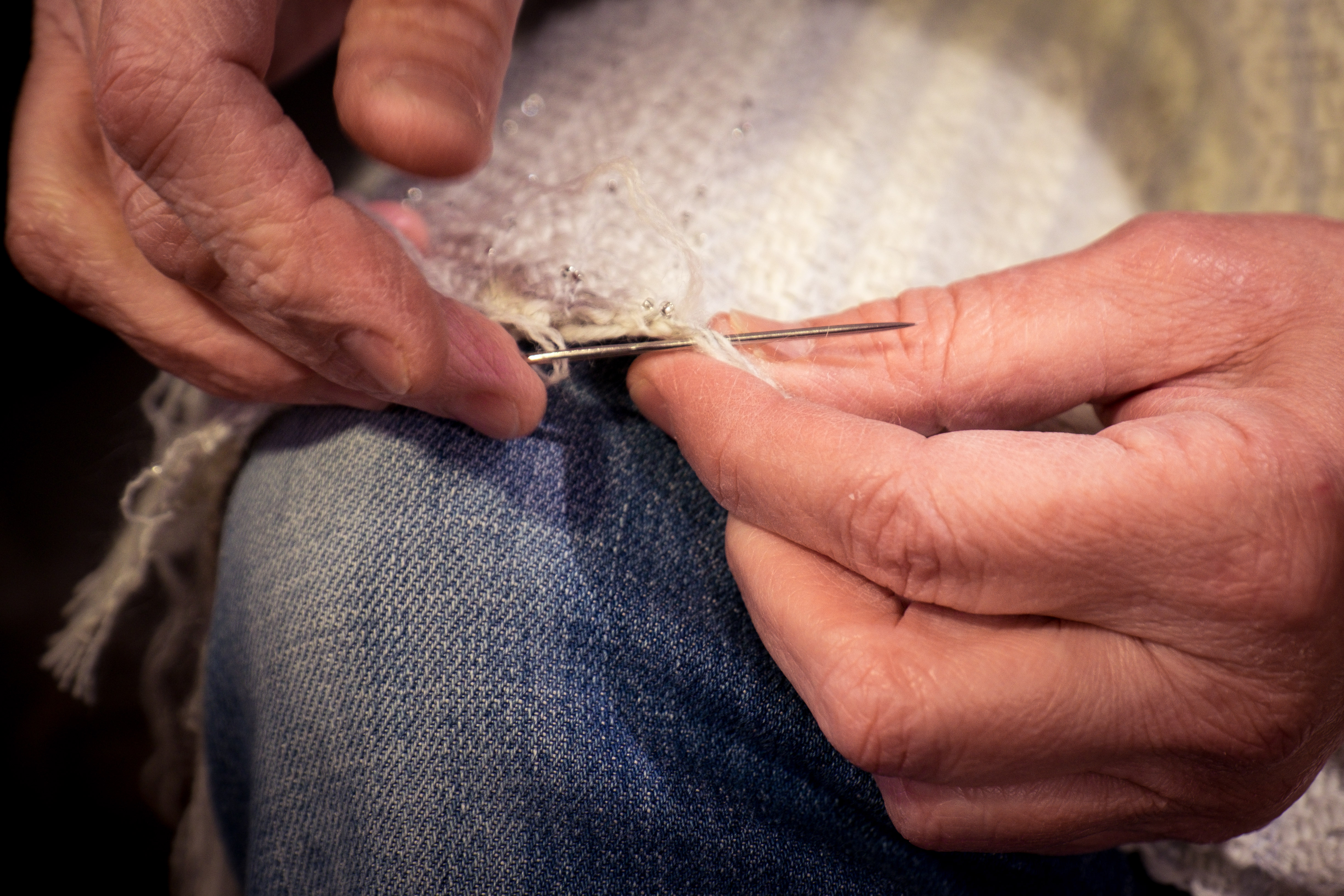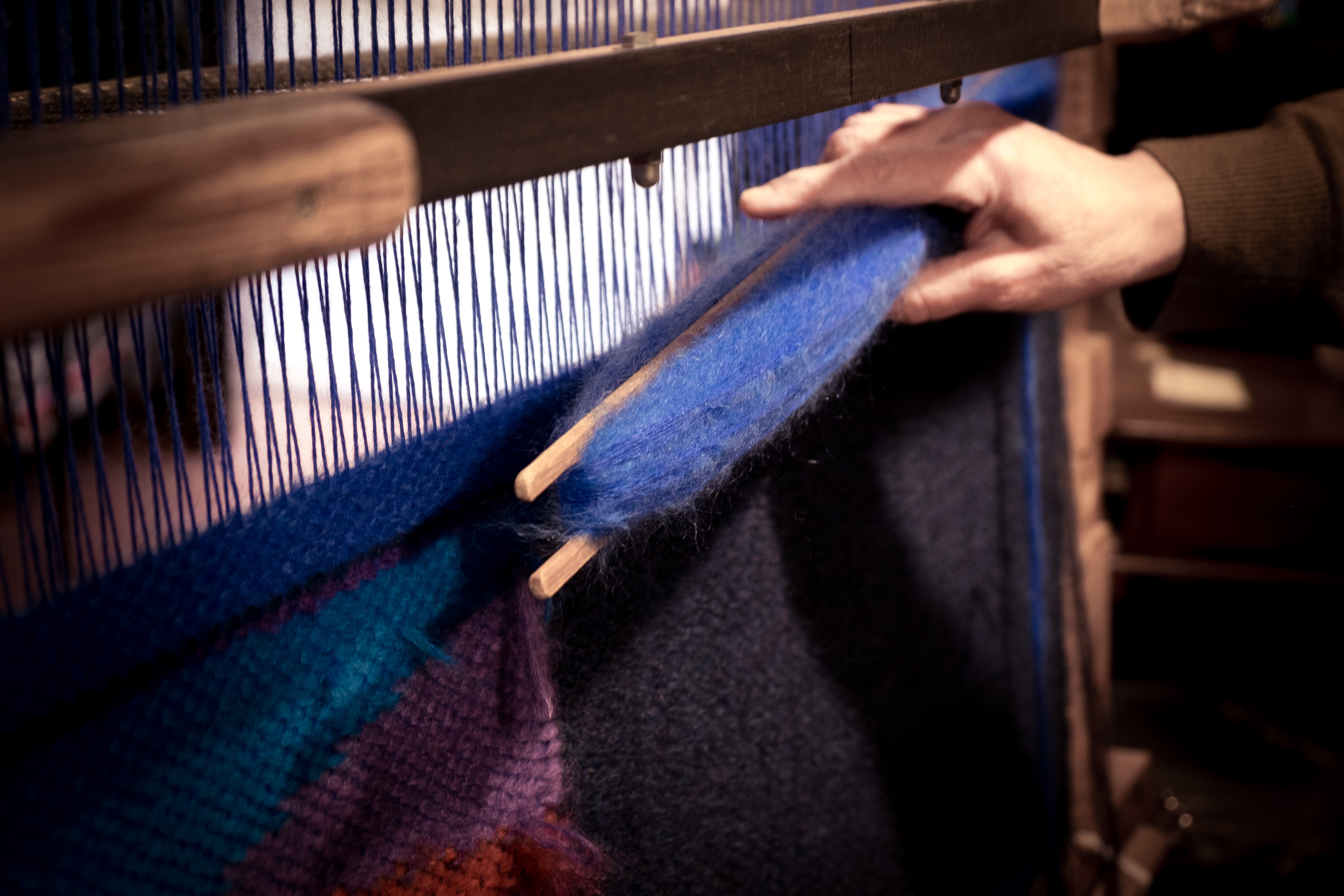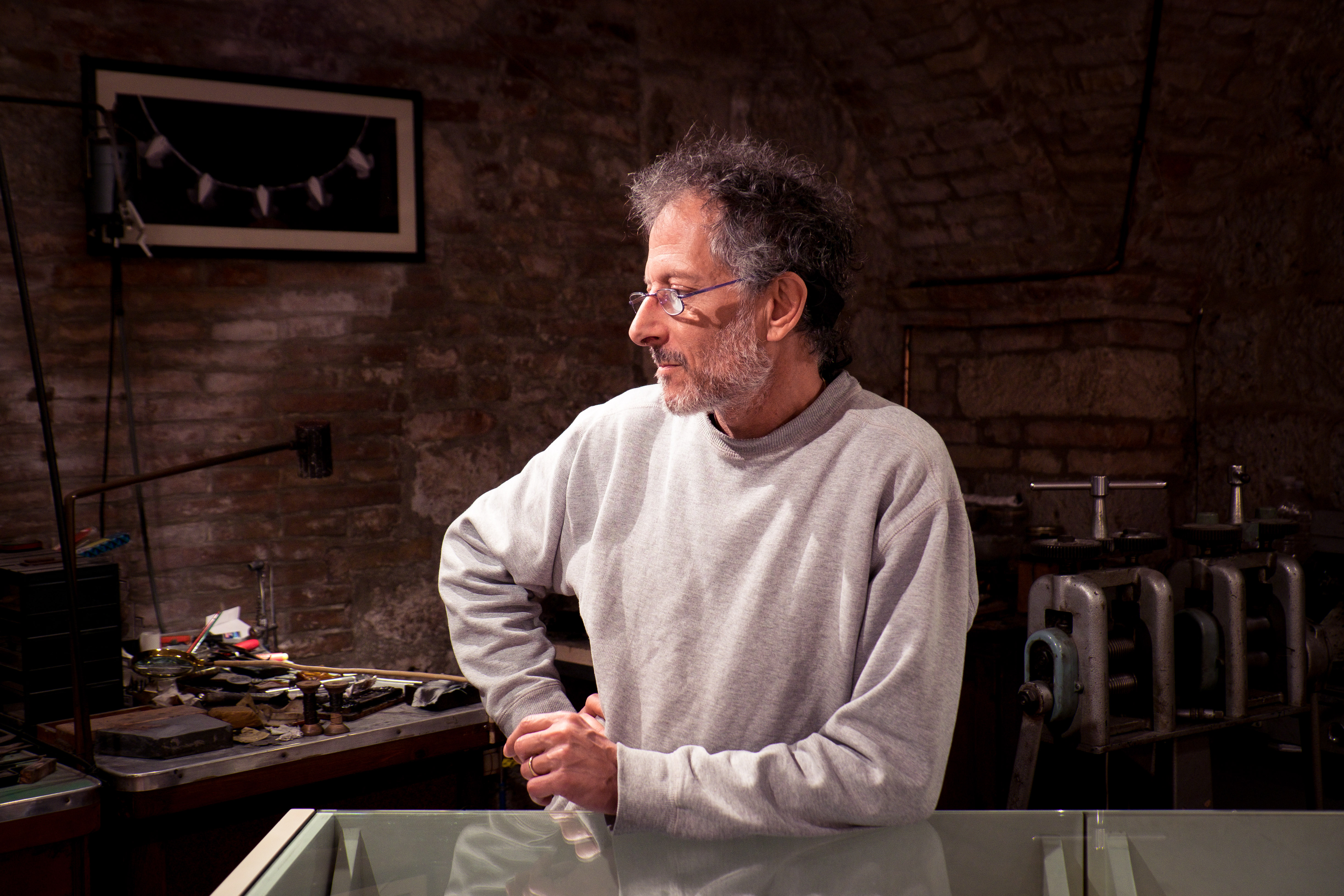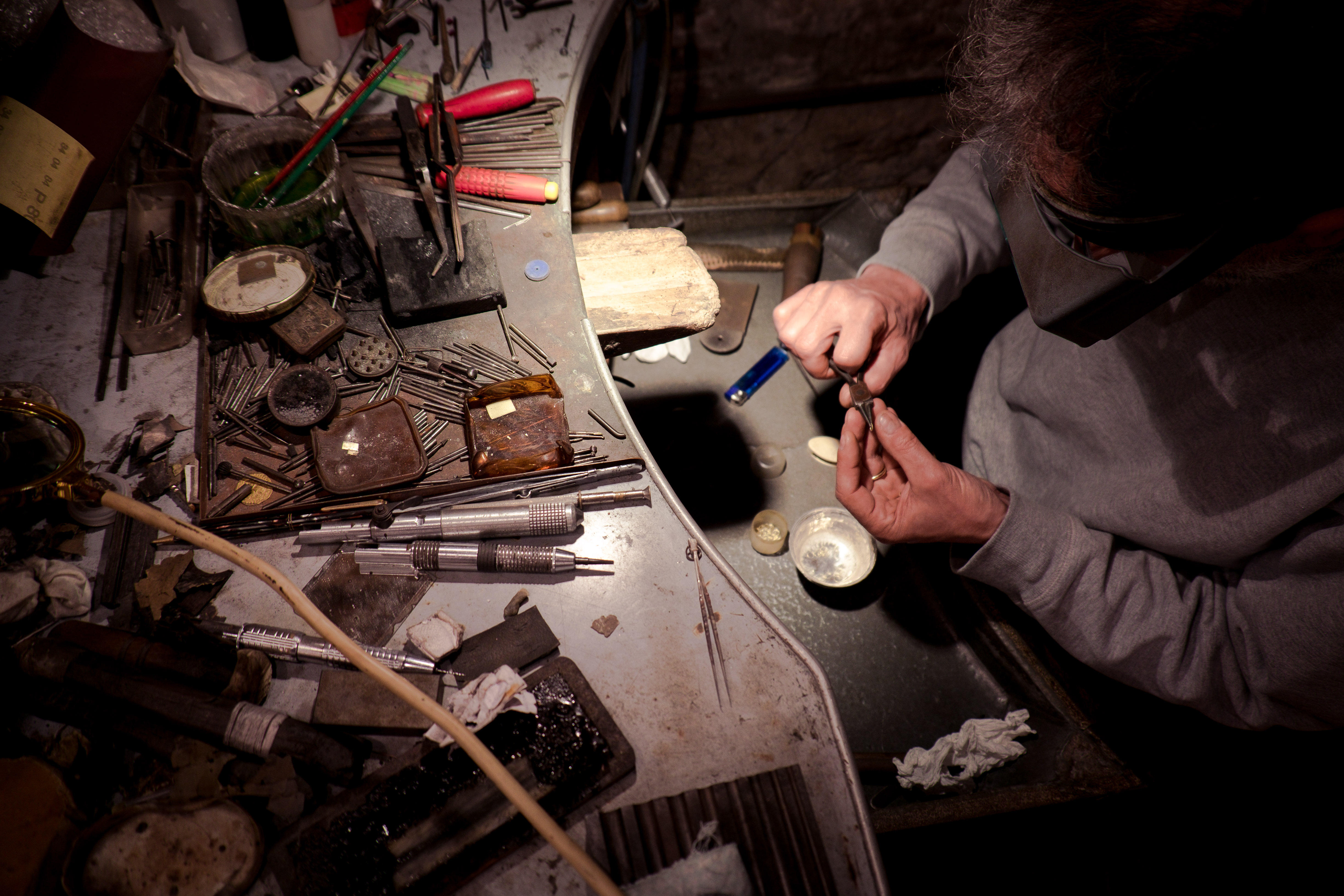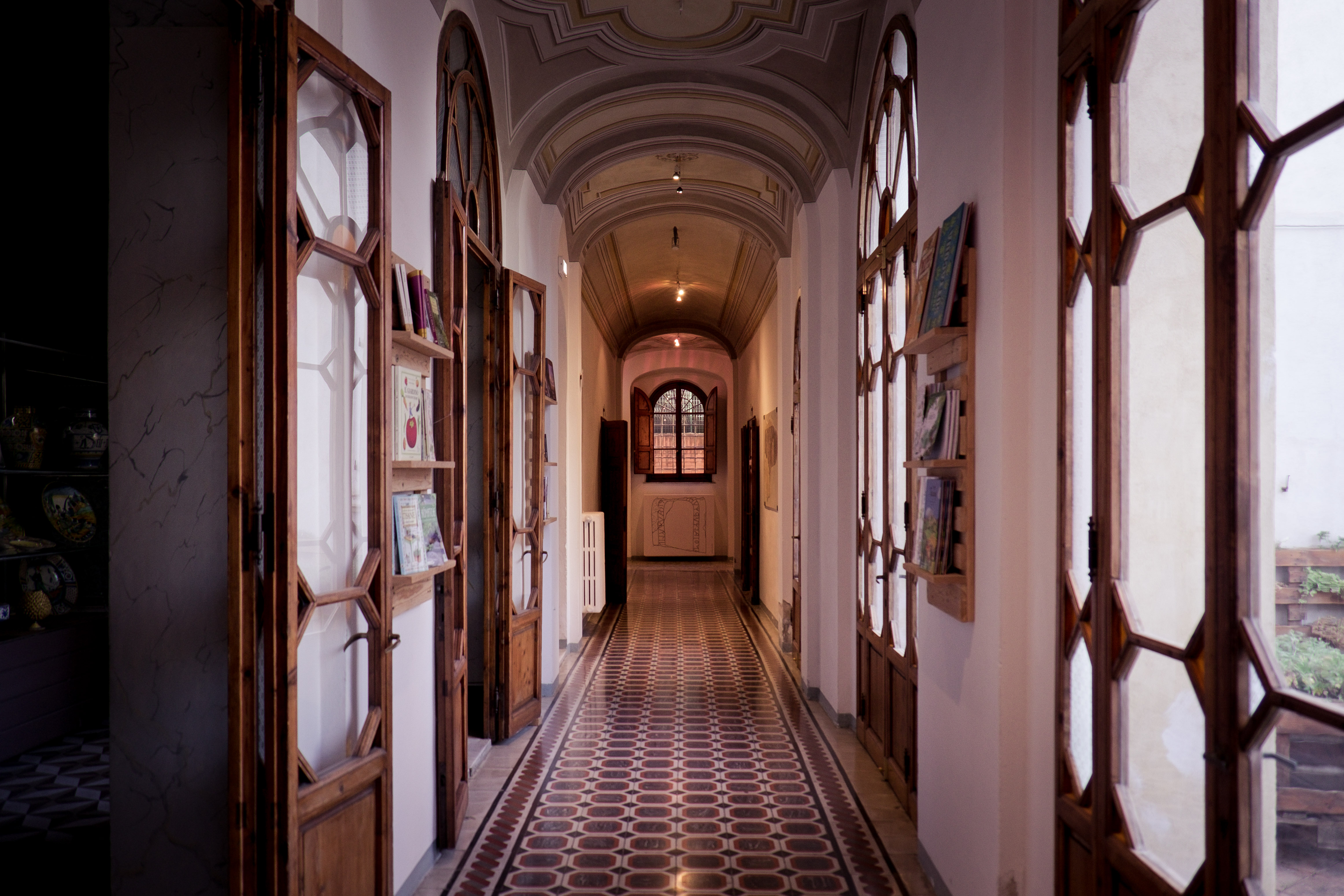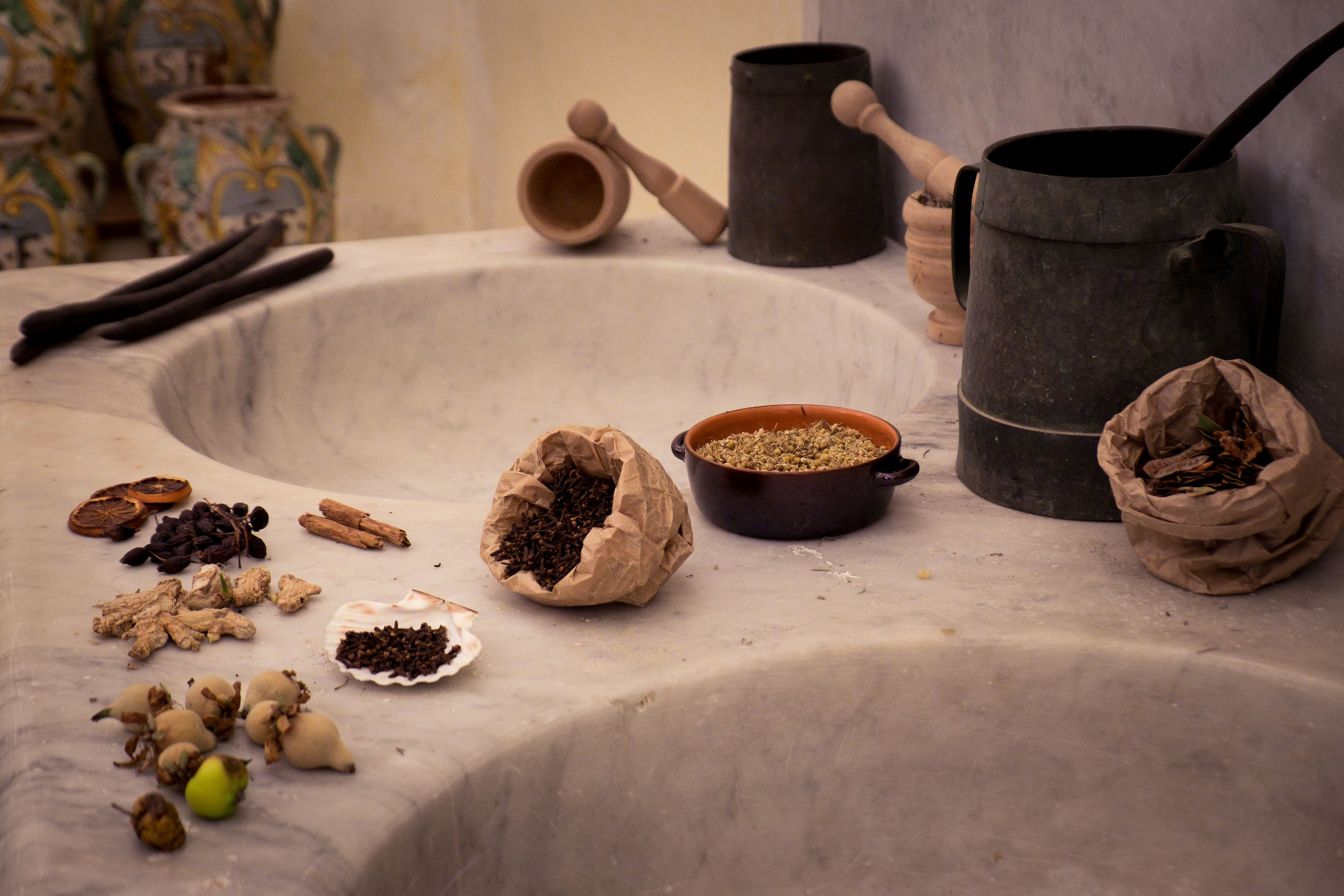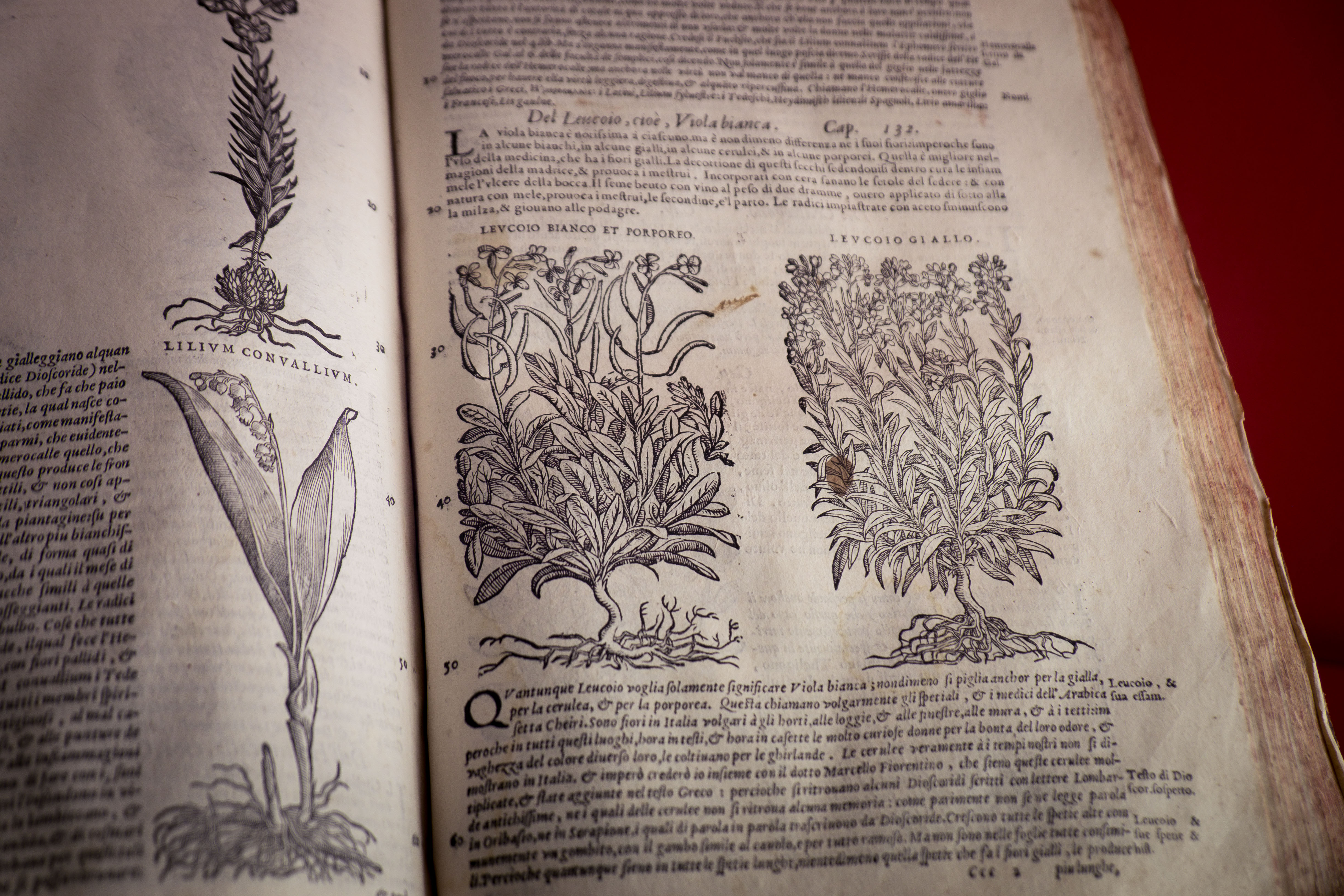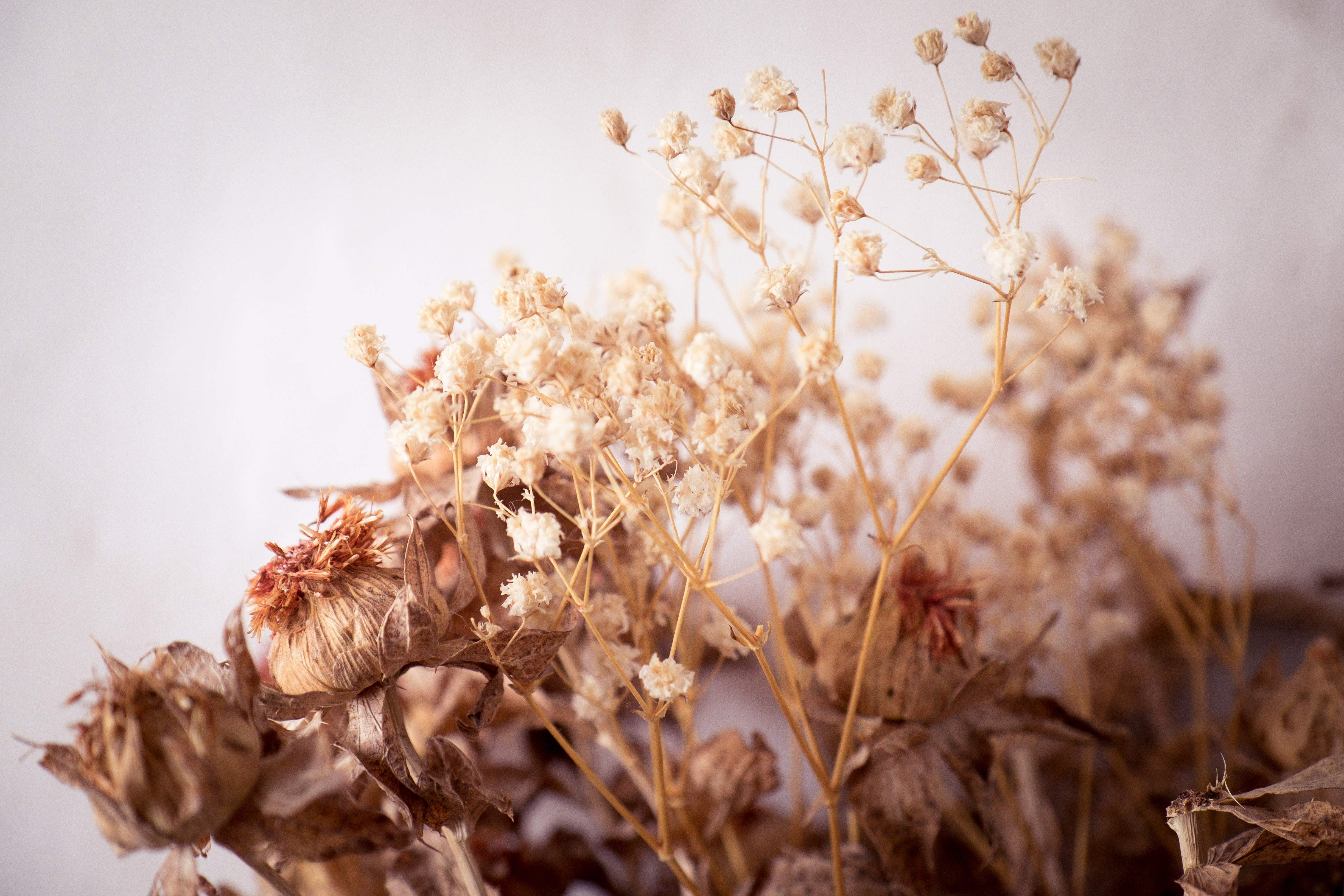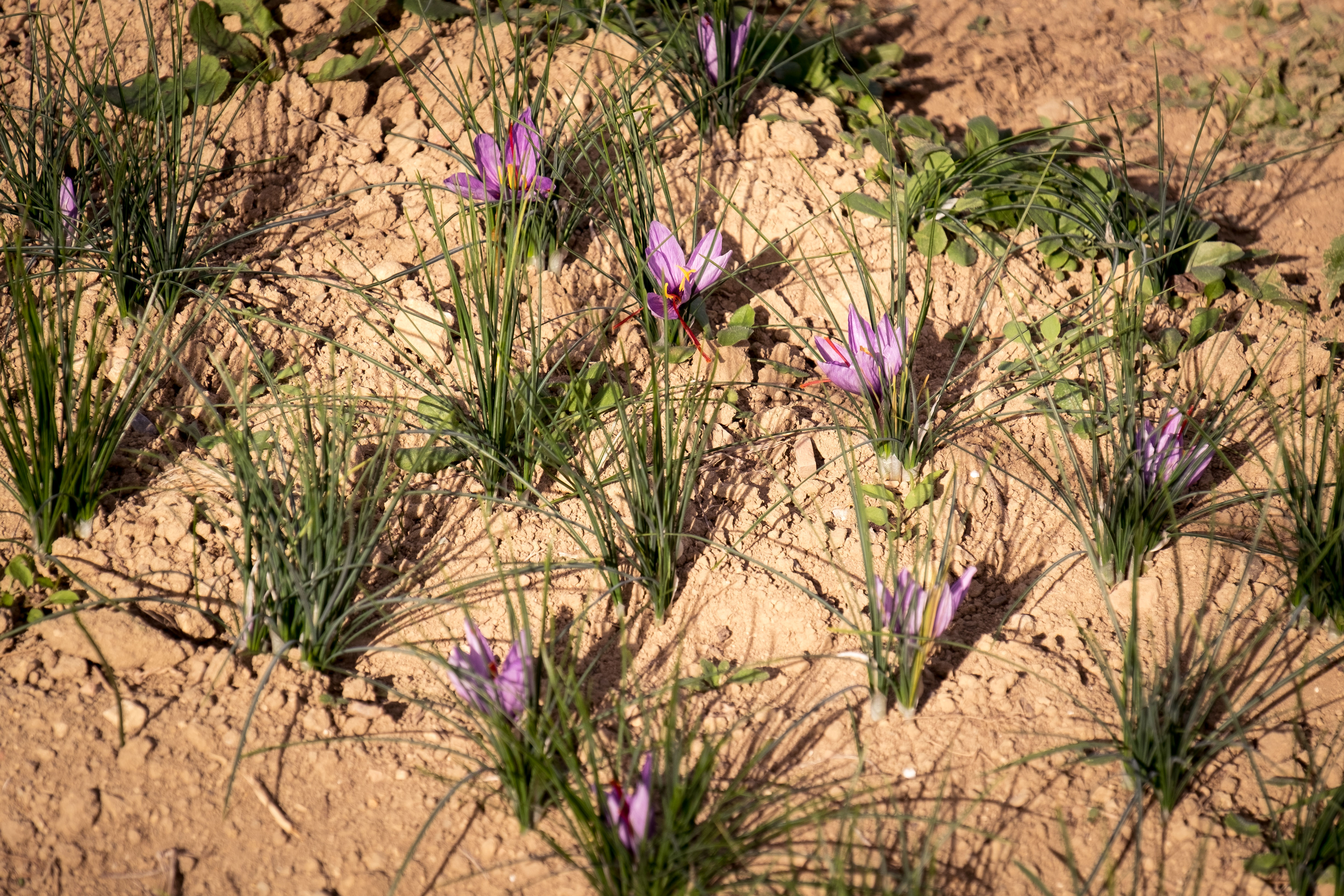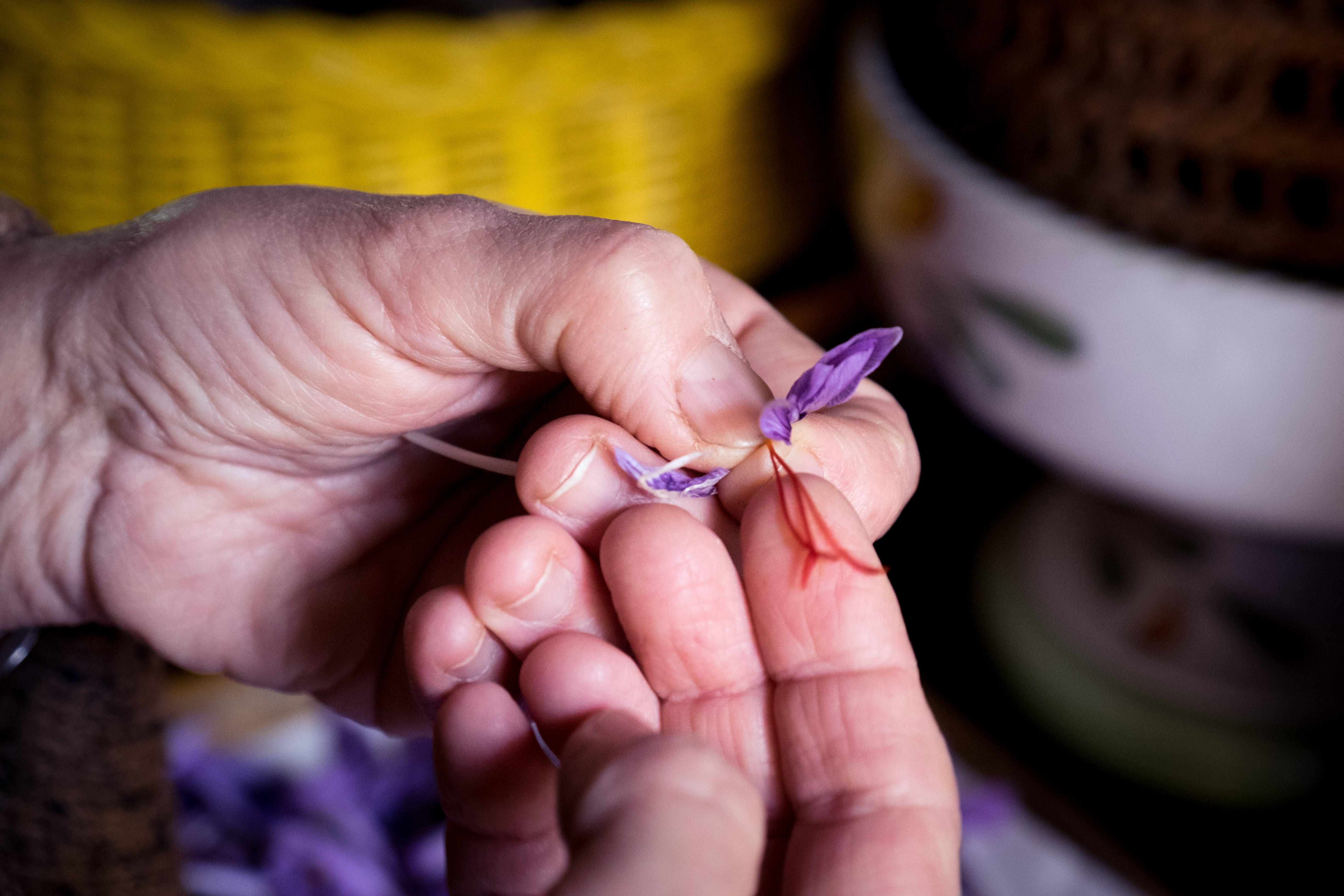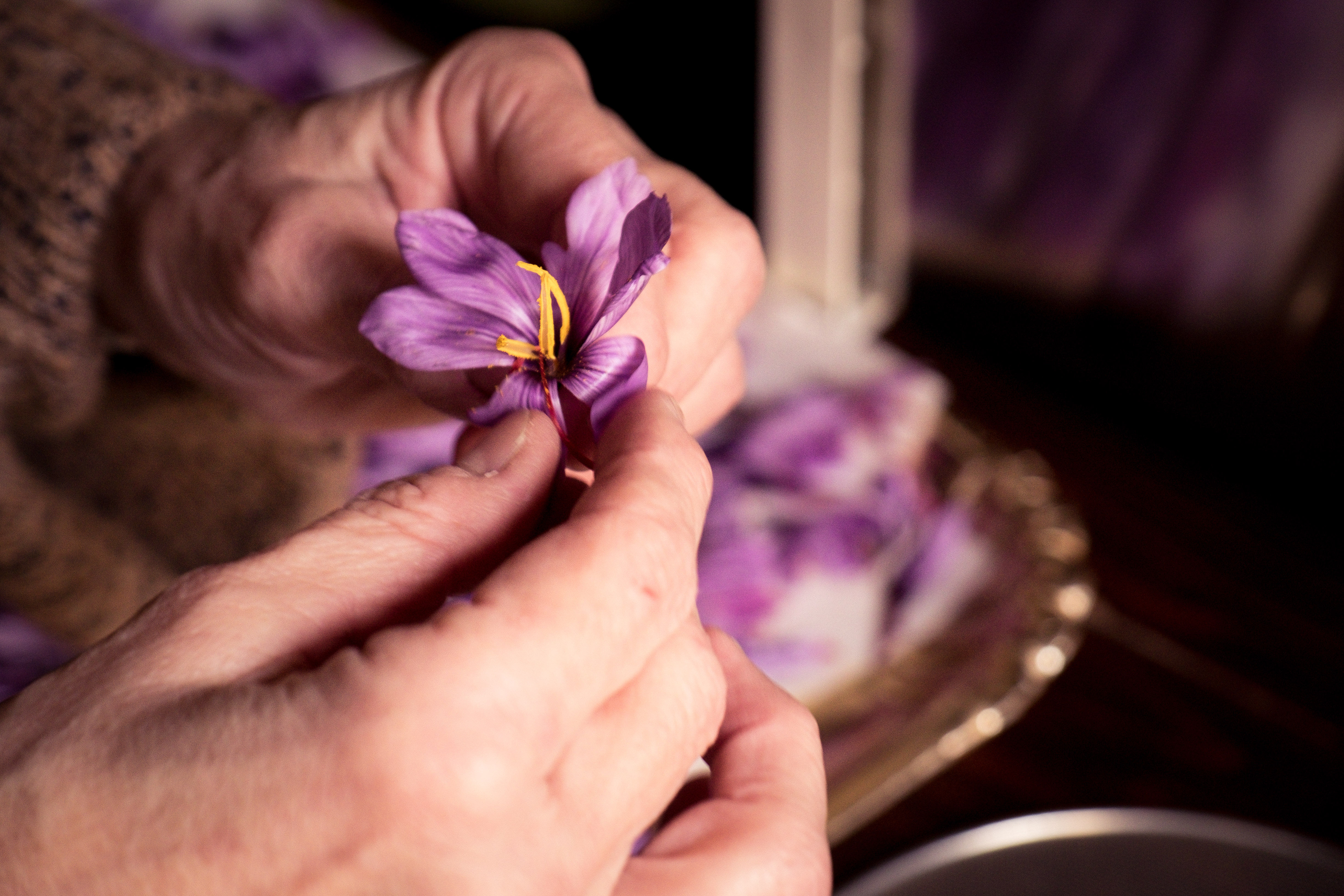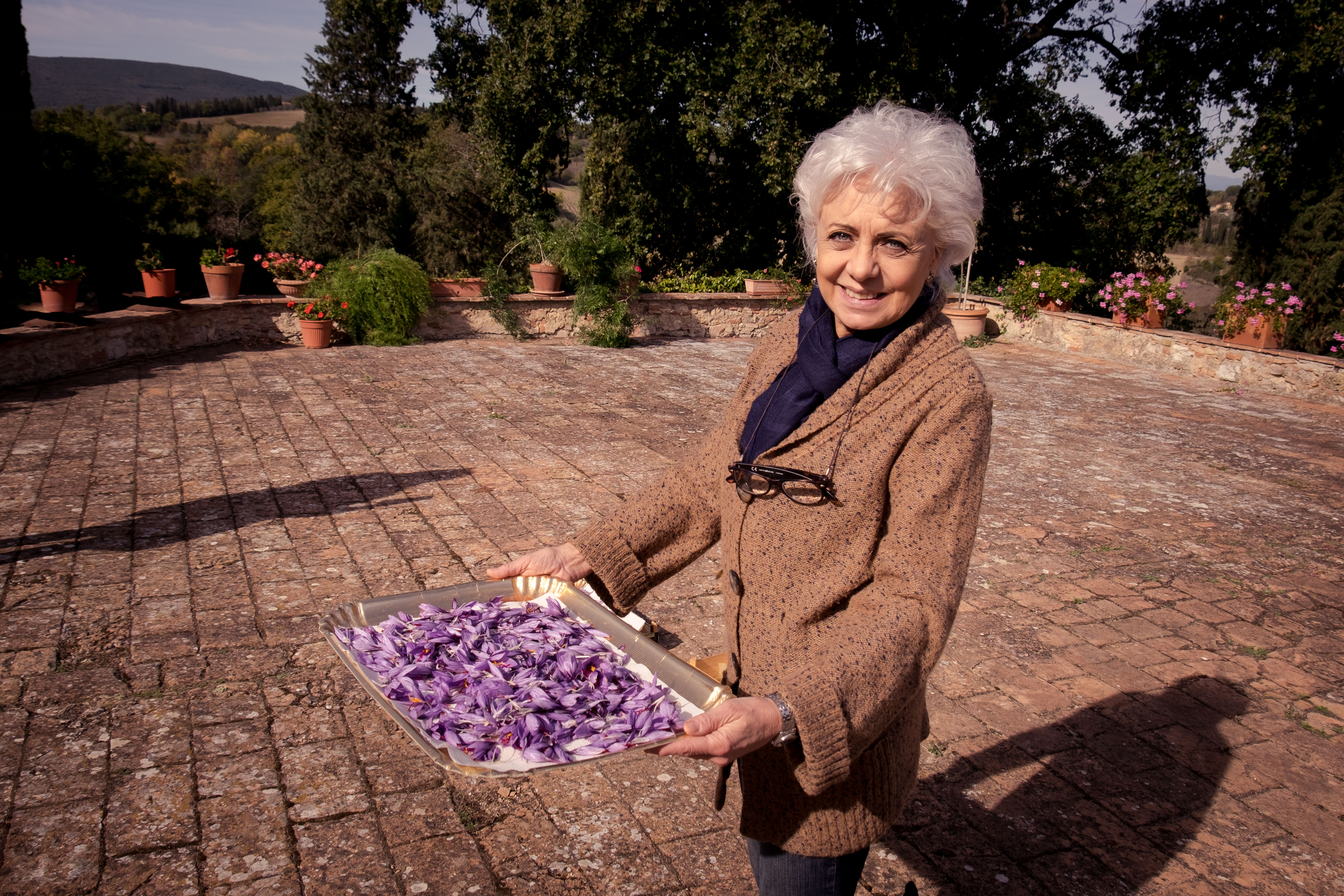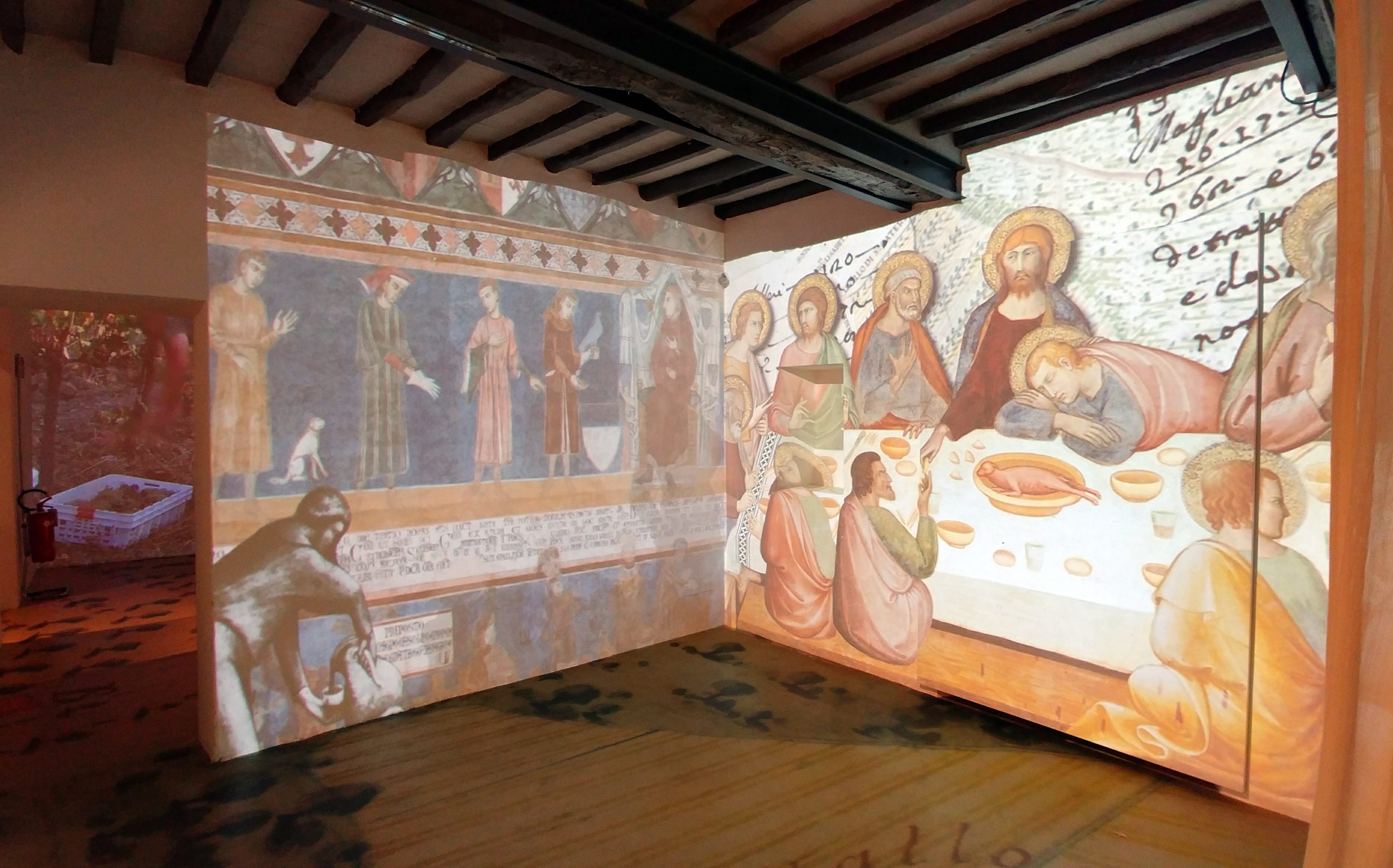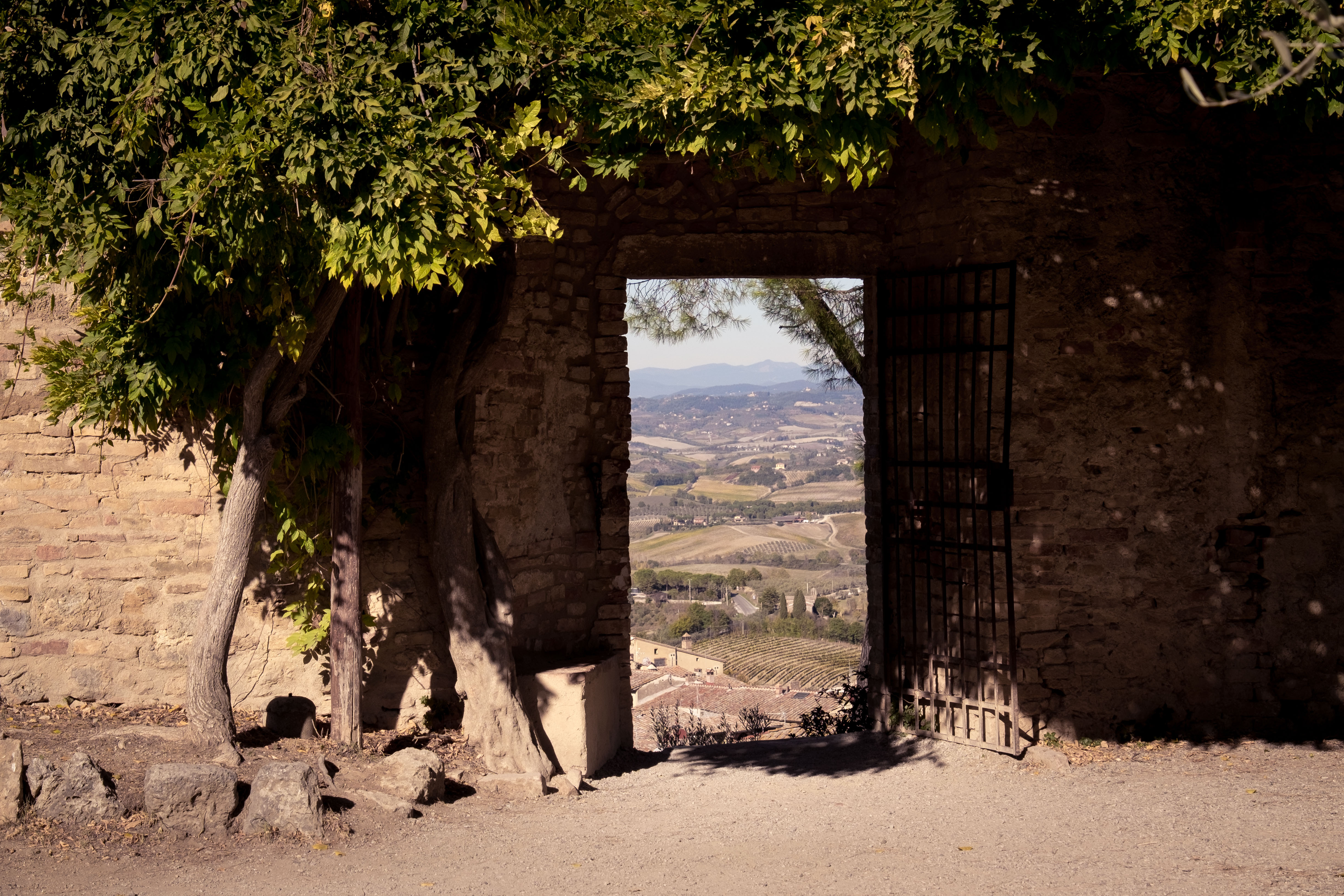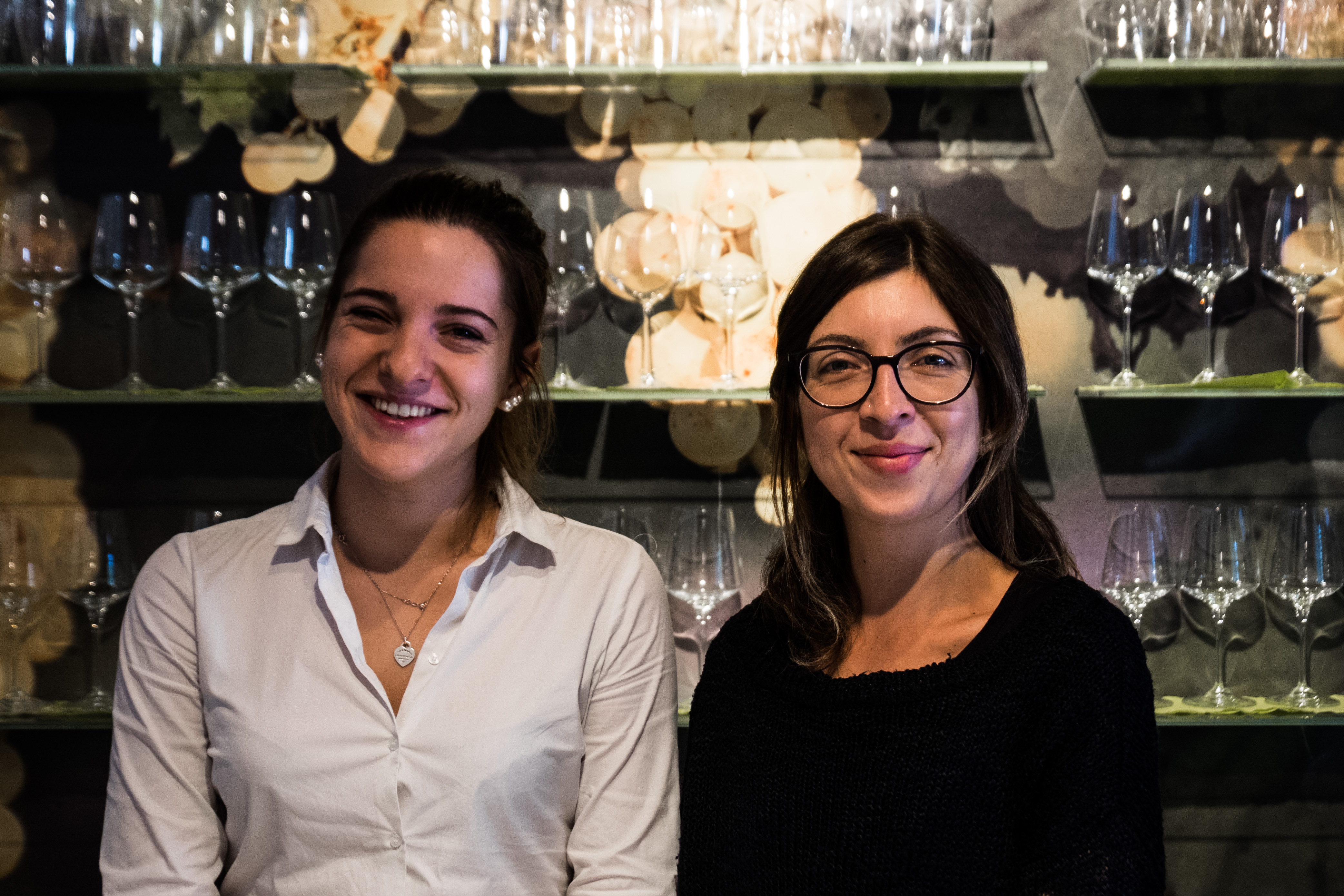Each story has its beginning, and the one of San Gimignano starts from the sea that used to cover this part of Tuscany millions of years ago and that has left a fertile soil useful for the cultivation of Vernaccia and local Saffron. Cultivations and manufactures to which the history of this splendid medieval city has been closely linked for centuries are nowadays living in a renewed golden age thanks to some great people who in recent decades have recovered the old crops and productions.
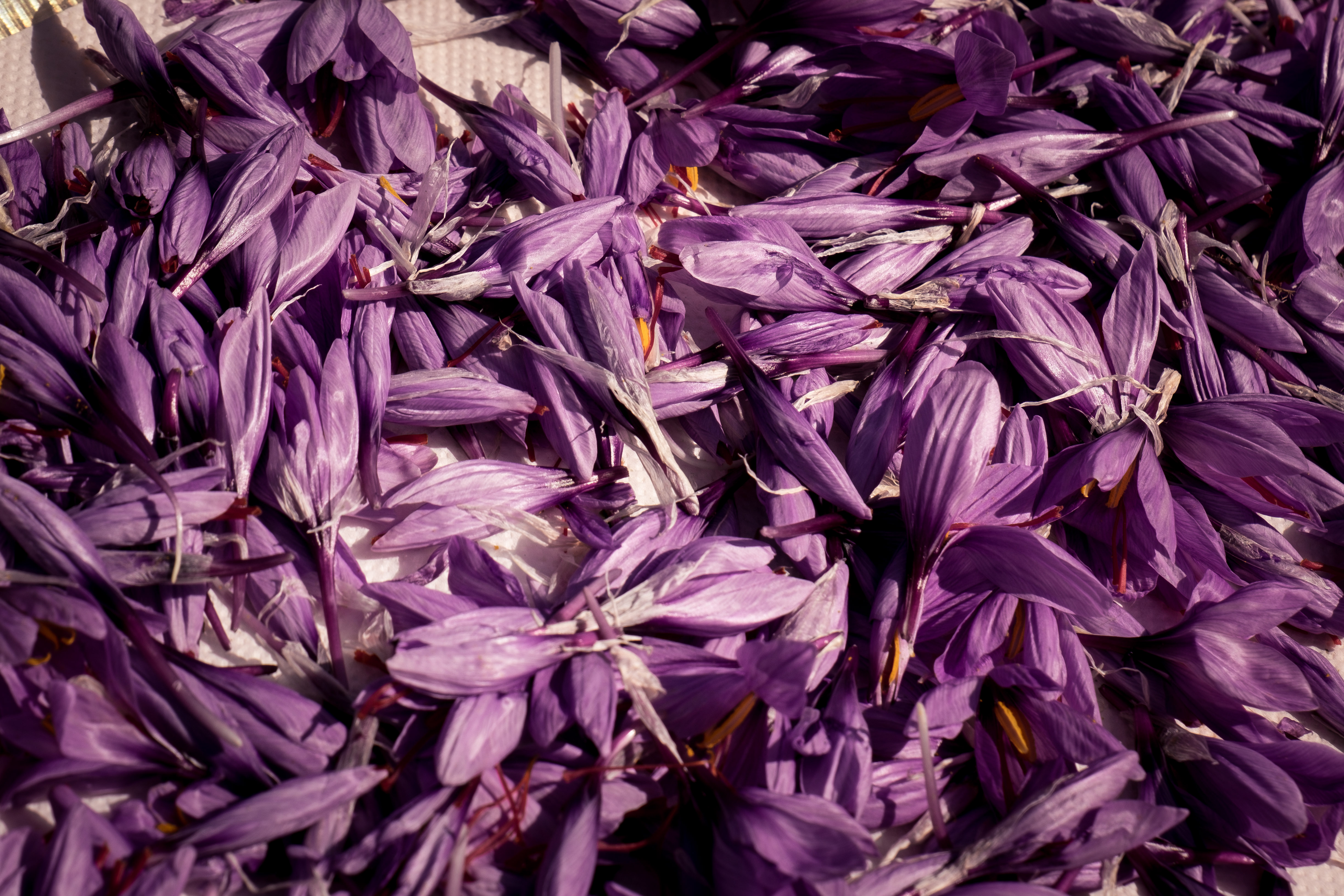
We have been meeting the artisans who still inhabit the lively streets of San Gimignano today and found ourselves immersed in a natural shopping centre.
The urban fabric in its entirety is rich in crafts and commercial activities, in the same way as how these same streets were in their days of maximum splendour, towards the end of 1300. The history of the city is fascinating, as everything here, and we let you delve into it on the Pro Loco website, where you find it really well described. What surprised us is the special micro climate that seems to be here, not only for agriculture but also for art and crafts.
Just take a short stroll to see it: contemporary art galleries go with the tourist along almost all the streets of the city, as well as the labs where various materials such as silver, leather, ceramics, fabric, precious stones and wicker are worked with. San Gimignano is the perfect place for those who, like us and you, love to get lost in the fascinating stories of the locals, hidden everywhere.
Oh, and then we also met a wonderful street artist, witness of a recent past time in which people from all over Europe, fascinated by the ancient Italian villages, found themselves creating imaginative and artsy clusters adding a new piece to the local creativity.
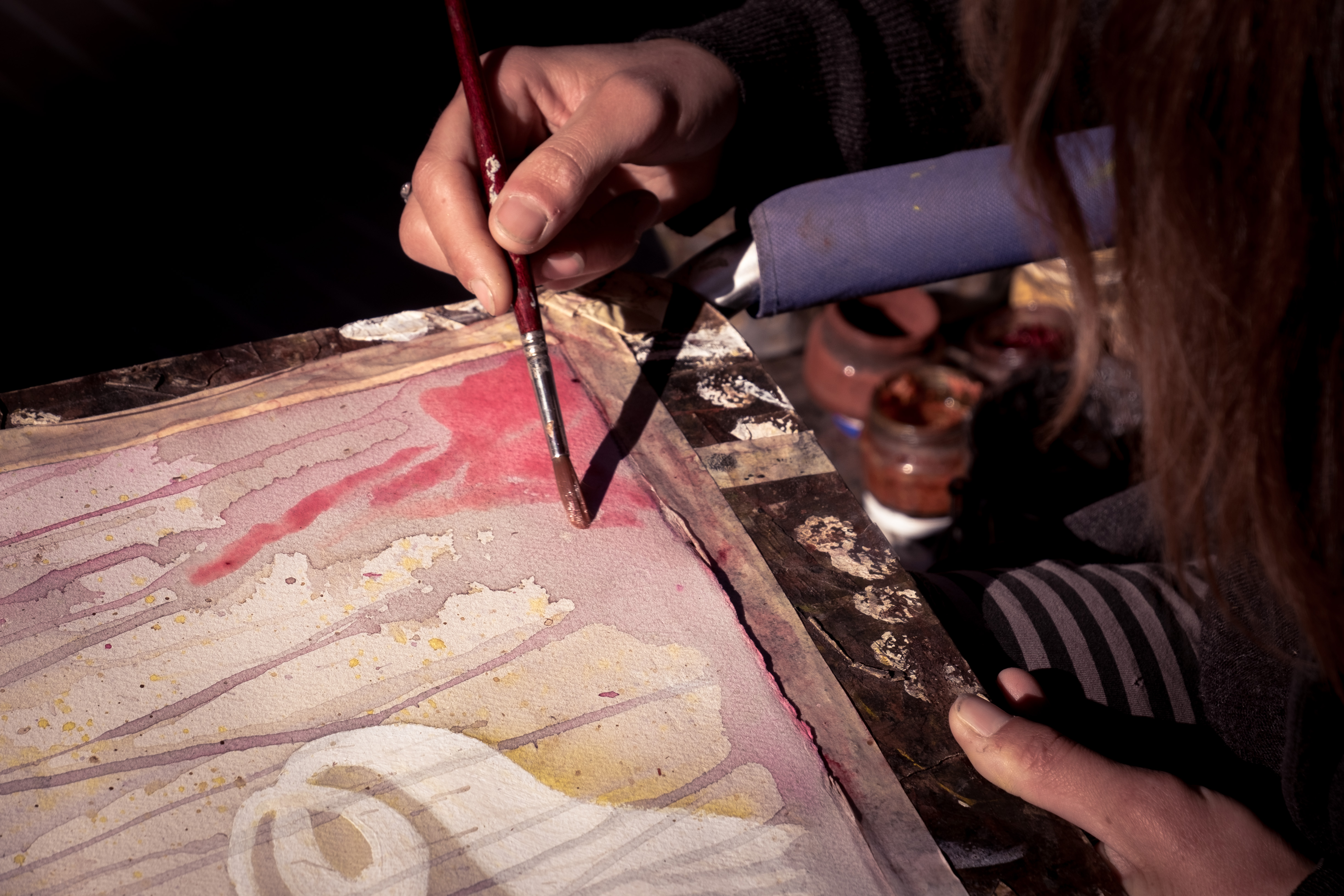
Chatting with Carolina Taddei, councillor for culture, we realised the human and manufacturing heritage that is still breathing in the city.
“We want our San Gimignano to be known for this aspect as well, which we think is central to a reality like this, where in a few square kilometres you can see the work of a ceramist, get to know expert gemologists or silversmiths of an excellent level, but also to more articulated realities, such as the neighbourhood of San Martino, where artisans living there offer an opportunity to explore this context of great creativity.”
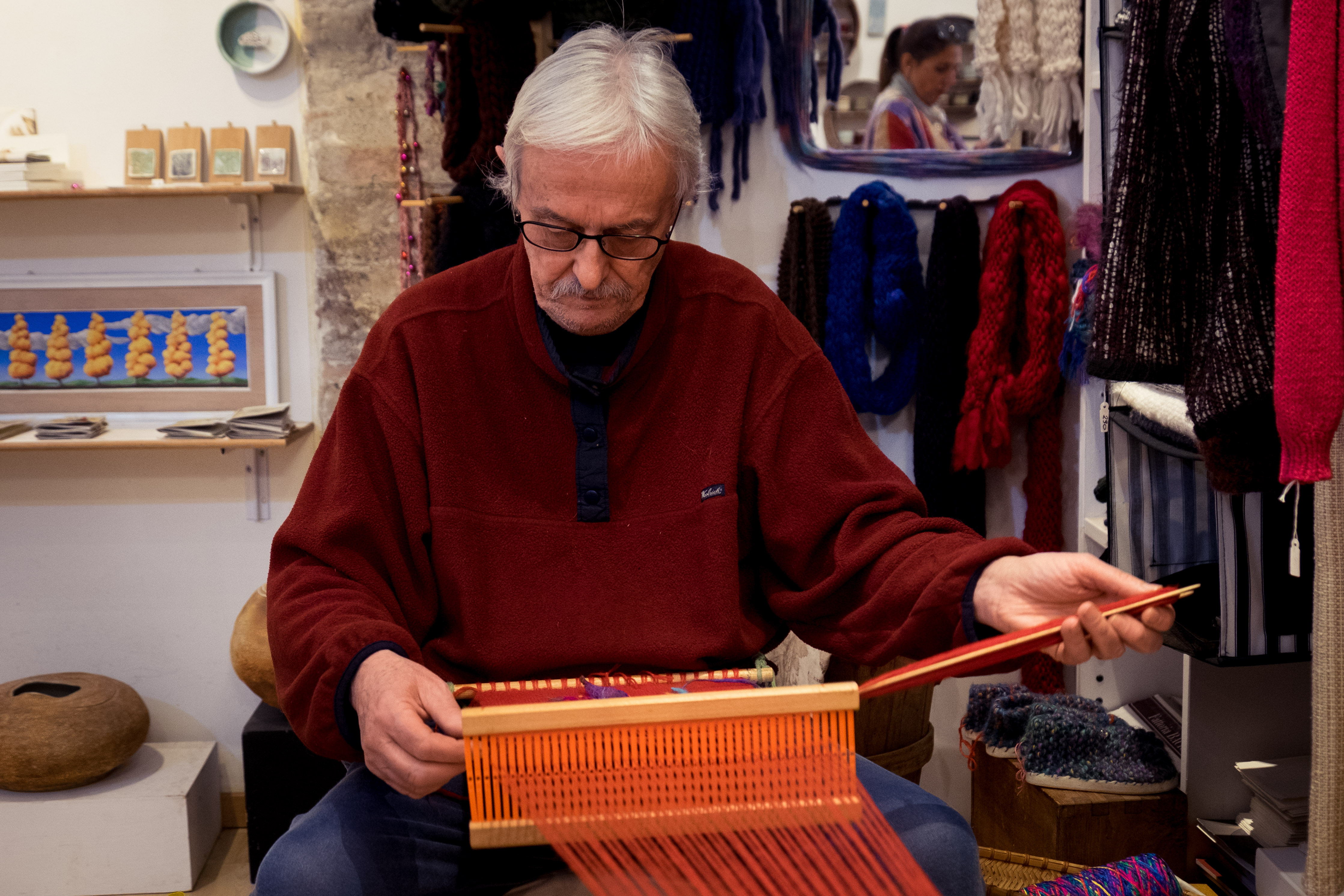
And we were so curious that we went there and got lost in the many ateliers scattered along the way: every stop was an occasion to discover a different workmanship, such as the one of the tension loom that Stefano showed us in action. Staying in his lab, we heard him talk about a special place, an old pharmaceutical laboratory rebuilt in an ancient hospital, and we couldn’t miss it! So we asked Carolina…
“It’s true, San Gimignano was also known for the ancient Spezieria, pride of the city until the early 1900s when it was acquired by the Civic Museum.”
And thanks to the recovery work done on the recipes kept in the books of the Spezieria, we now know how what we would nowadays call pharmacies used to work: they based their own production of medications and remedies from medicinal plants. That’s why today’s various essences are grown in the garden of the Spezieria, to be used in the creams and perfumes production laboratories that are also here. Today the Spezieria is rebuilt in the ancient monastery of Santa Chiara, currently the civic museum, and is named after Santa Fina, the local patron (which has a disturbing and curious history, wonderfully described in the Duomo by Domenico Ghirlandaio’s hand, something not to miss!).
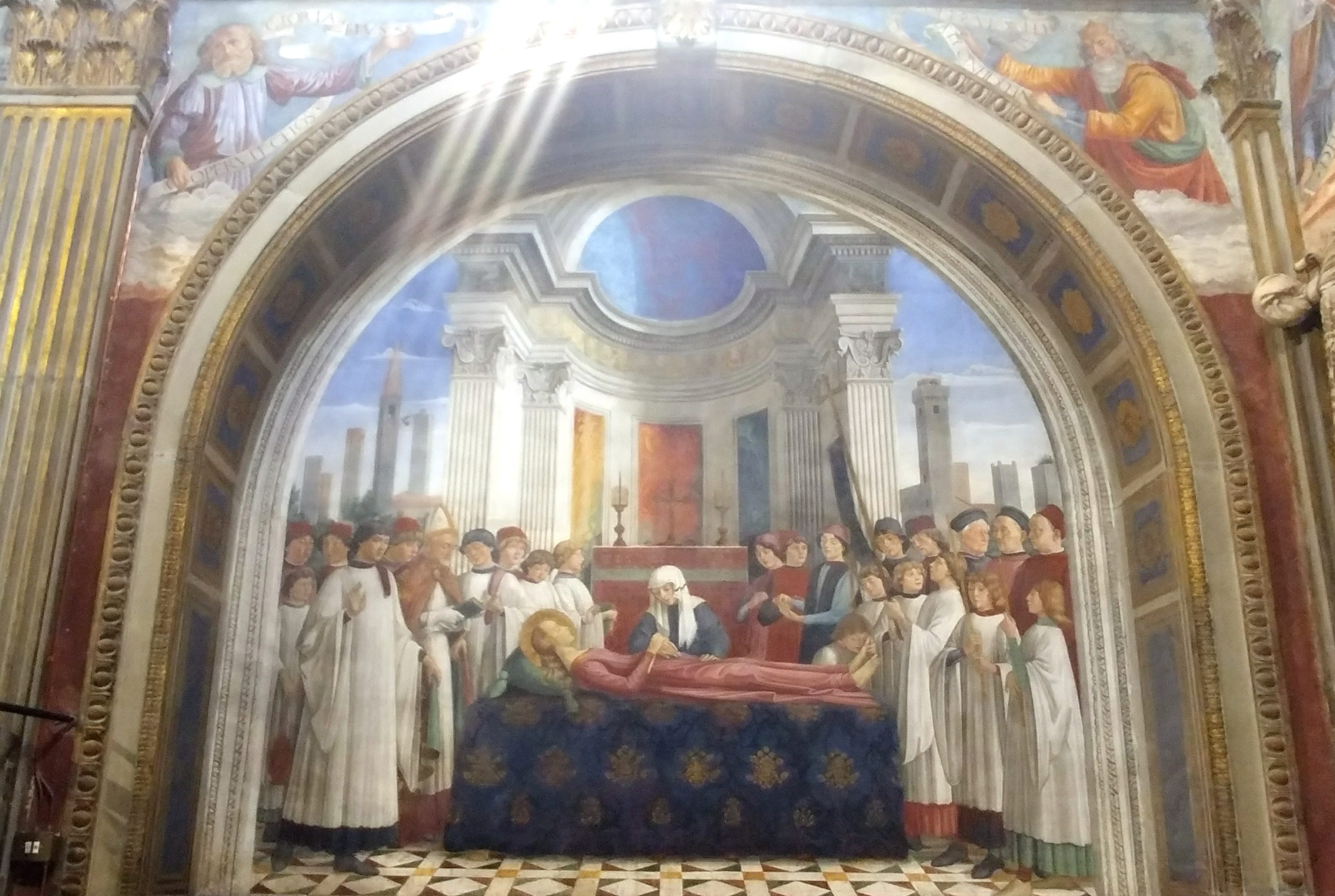
Wow! We were amazed! Same story for the scale model of the city during the 14th century, completely reconstructed by the ability of the ceramist brothers living here, which perfectly fits the idea of the functional and organised urban environment that already identified San Gimignano.
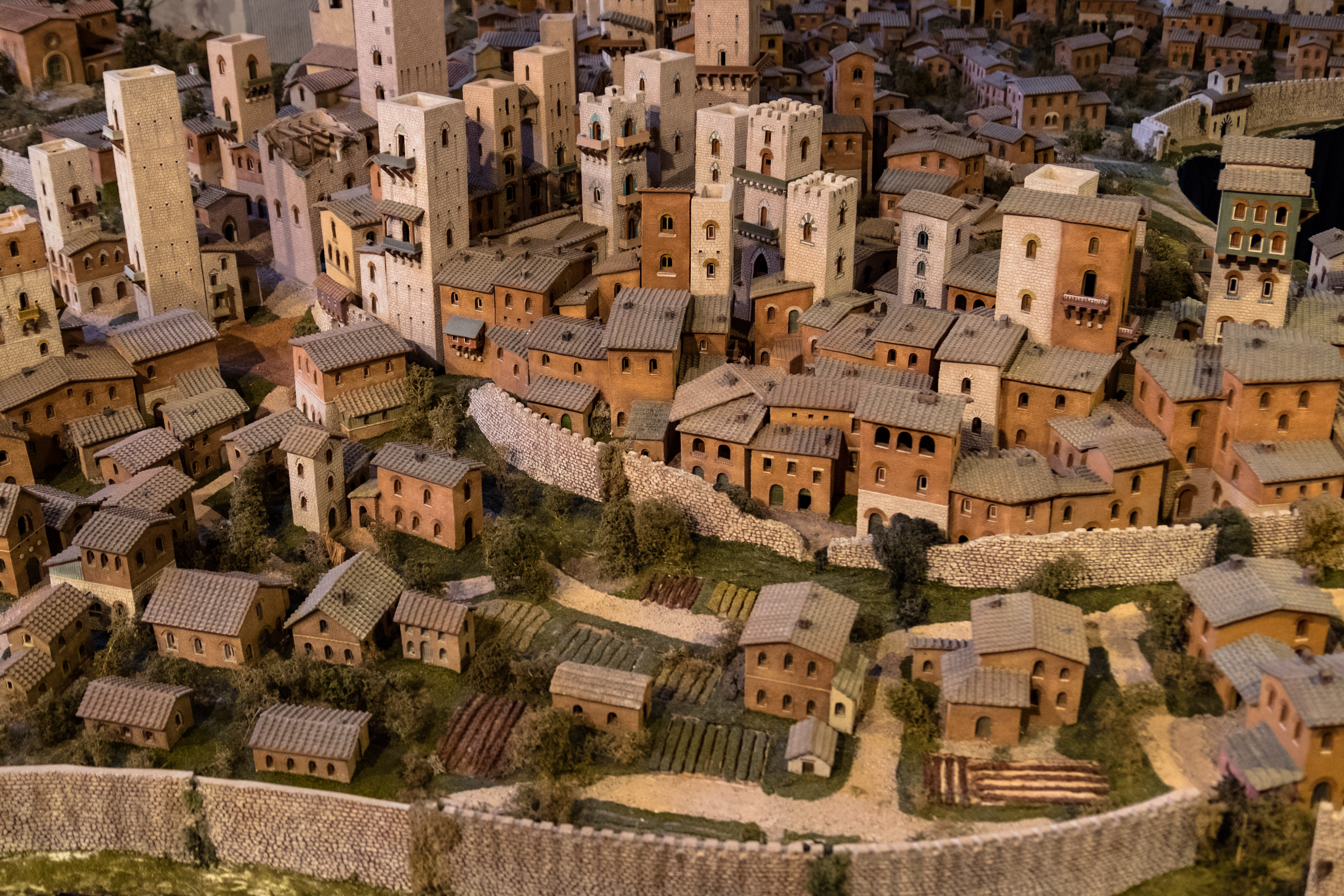
To understand it better, you must climb to the top of the Torre Grossa where you’ll be amazed by the breathtaking view and realise how the structure of the city has remained unchanged during its development along the main road that crosses it, a hilly variant of Via Francigena, once an important communication route between the north and south of Europe, and today an important destination for sustainable tourism.
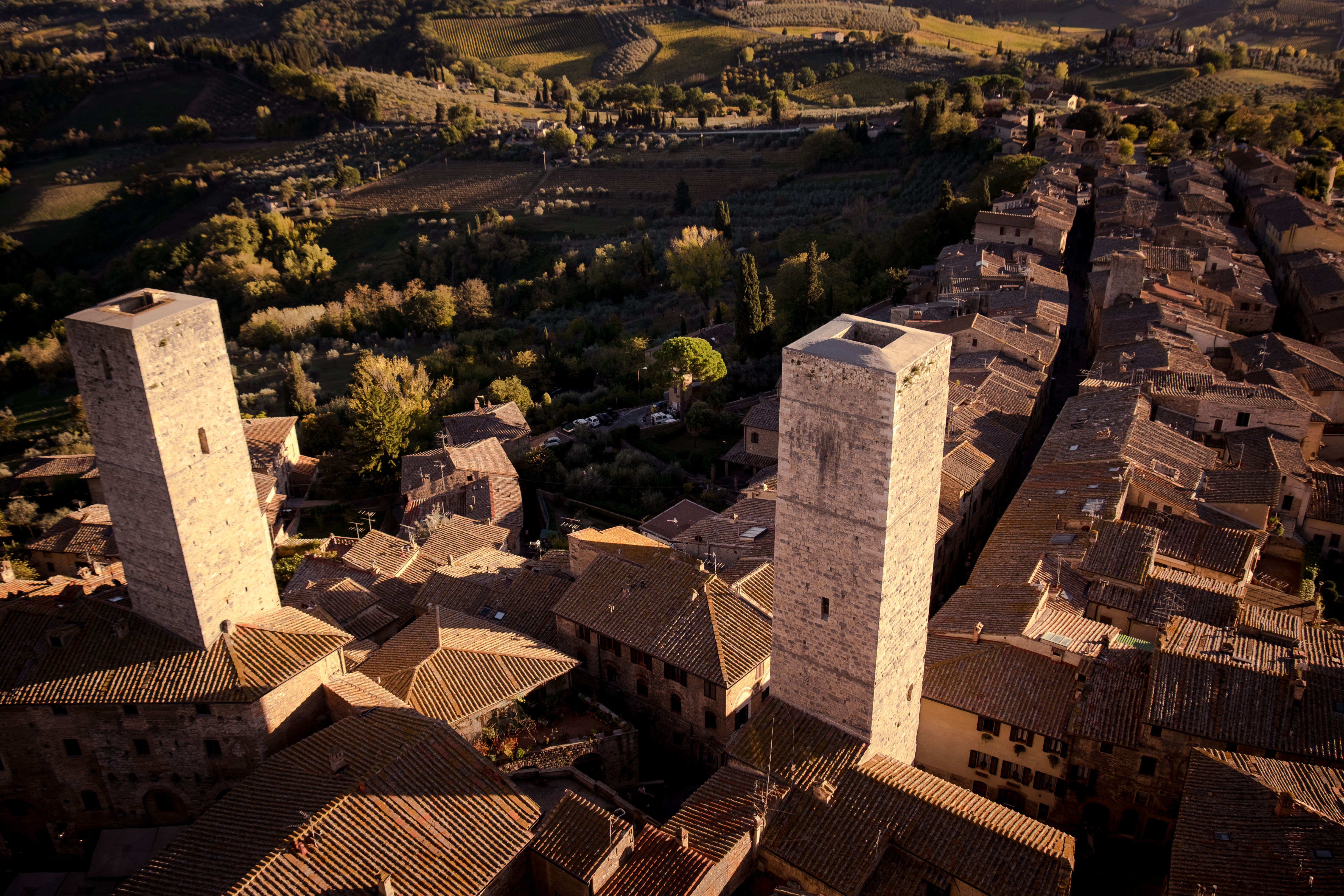
From there, the eye is lost in the marvellous countryside, scattered with farmhouses and other nice towns, such as Colle Val d’Elsa, famous for the production of crystal and Volterra, capital of the alabaster.
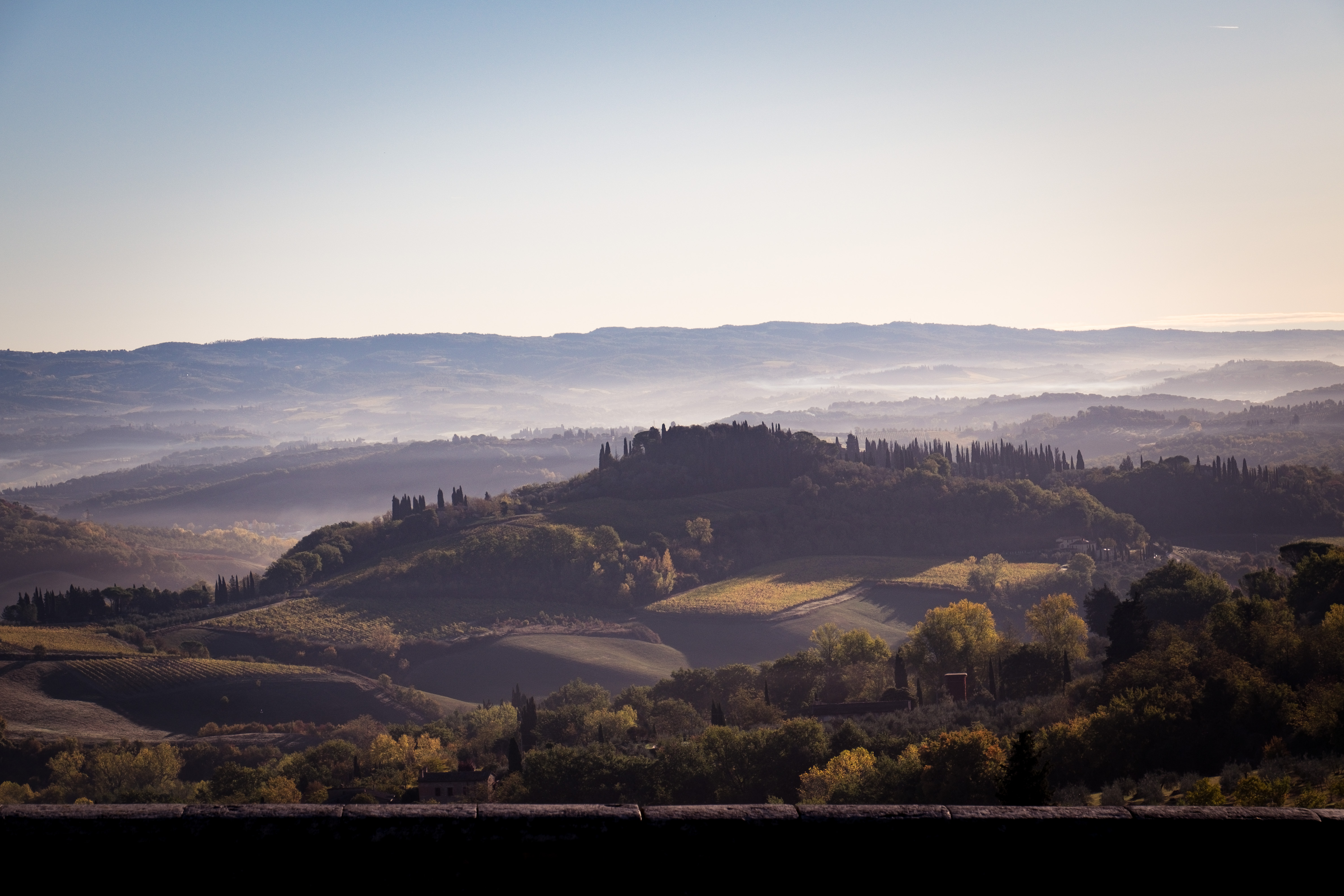
Okay, but where do we find saffron? “Go and meet one of our saffron producers, living in the Fortezza dei Cortesi, a fortress dating back to the tenth century, home of the Tuscan intellectual and humanistic centre during the Renaissance, thanks to Paolo Cortesi, Secretary of Julius II. It’s a sort of Bauhaus of the time, you will be amazed!” Carolina suggested us, and so we did.
Here we discover how in ancient times the saffron of San Gimignano was highly sought after because it was cheaper and because it had a greater dyeing power than the Iranian one; it was therefore used not only in the kitchen but also in the production of colored fabrics! It is incredible to think that from these small pistils so much for the fortune of San Gimignano has been made, including the famous towers that still characterize the city skyline.
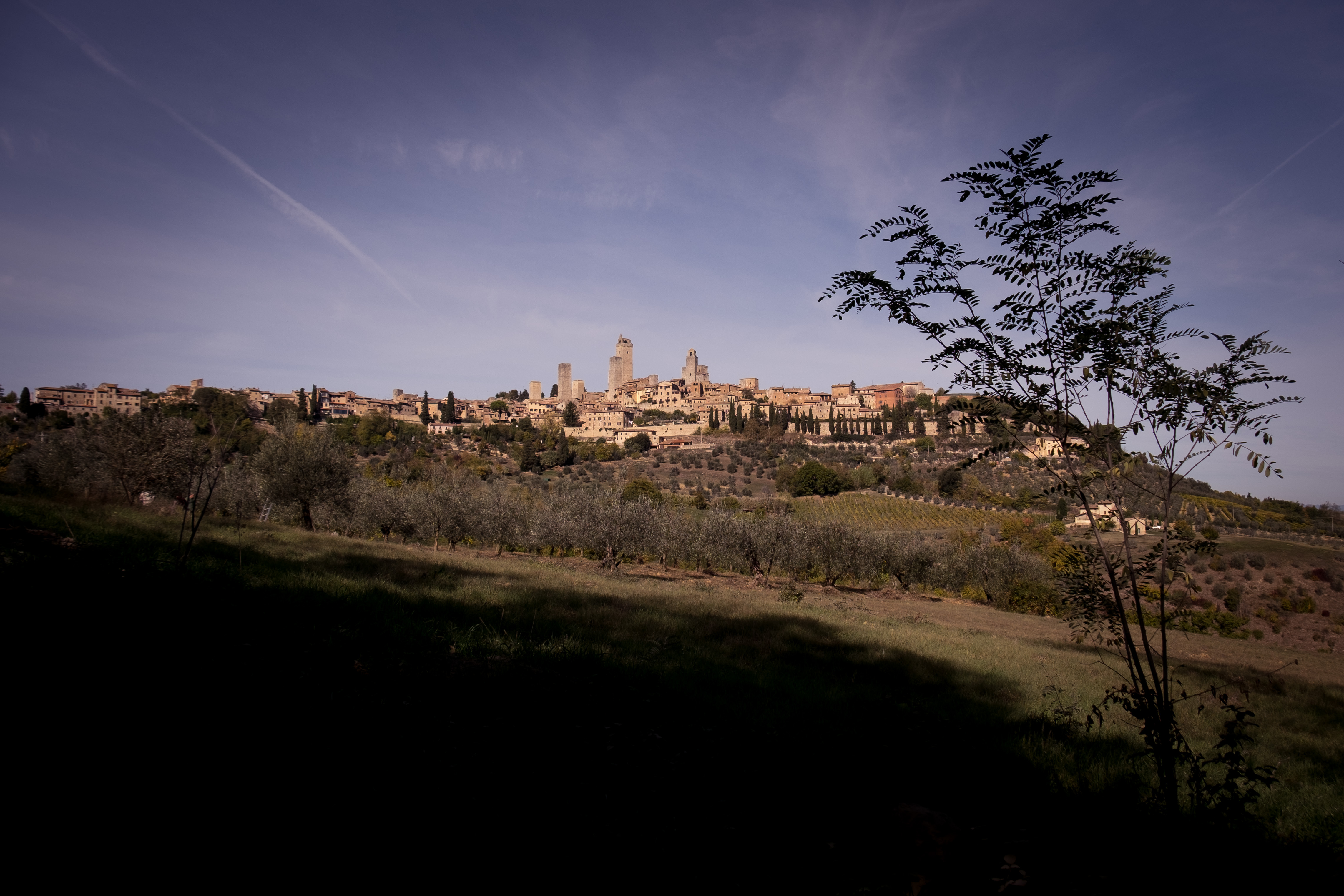
“Of all this, that we know very well, is something travelers who come here must know, so we thought we would spend a weekend of our own winter cultural activities on handicrafts.
8th and 9th of December, two days to discover all the laboratories scattered in and out of town, places where you can go in person and feel like ceramists, weavers, silversmiths and leathersmiths for an afternoon.
But will be there activities for children as well? “Of course, we are already working to organize activities that are suitable for the whole family, with the help and involvement of the center’s artisans.”
It will be the best way to truly know San Gimignano, a tour to the discovery of the city that hides places like the Vernaccia museum, located at the top of the central fortress: video, audio and objects on display, perfect to learn their long history, and then the tasting area, to understand the local wine in every organoleptic aspect… we enjoyed ourselves and learned a lot about the ancient vineyard, the past and present of this special city.
See you soon, San Gimignano!
